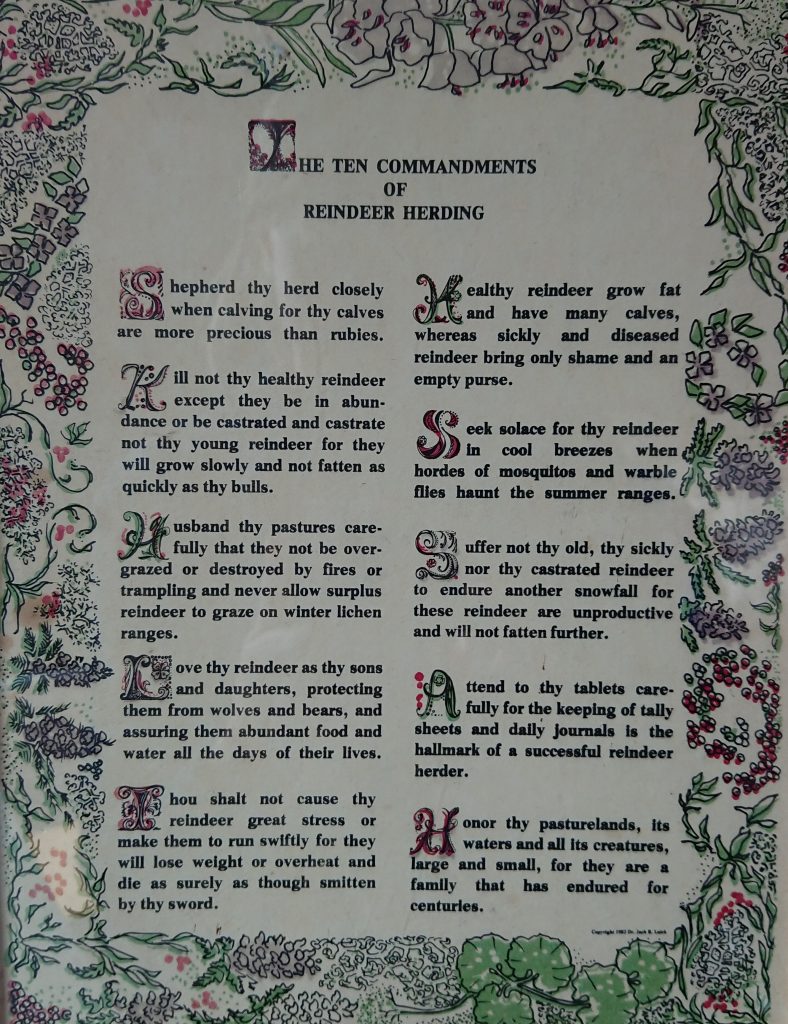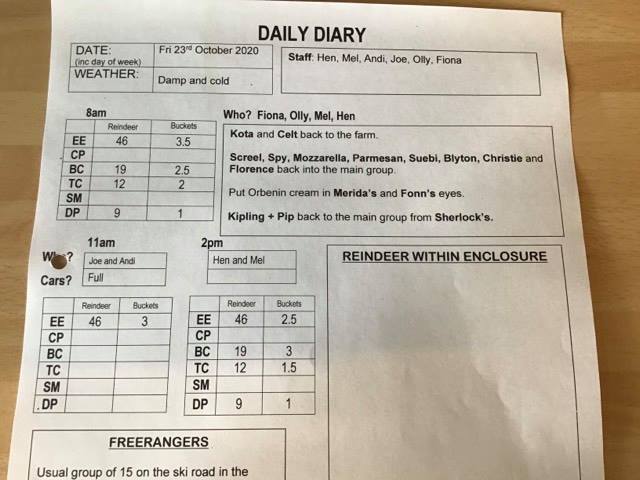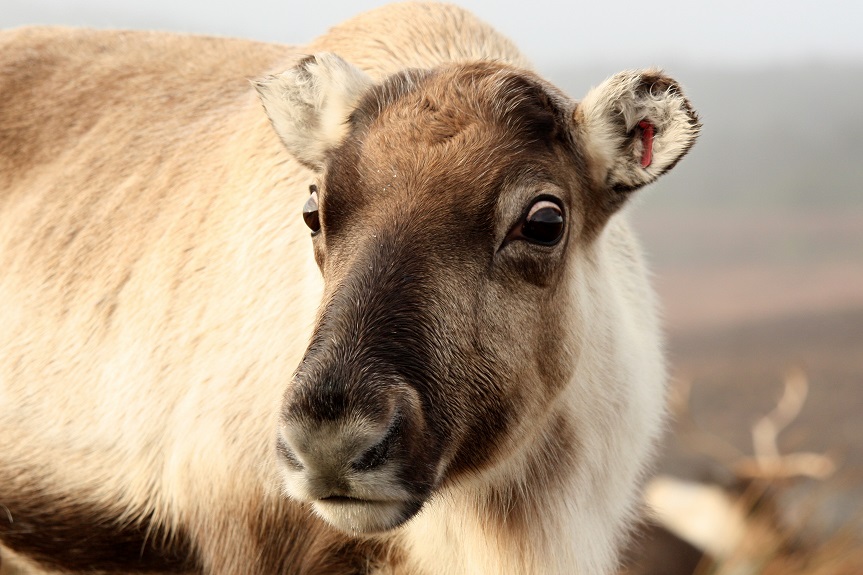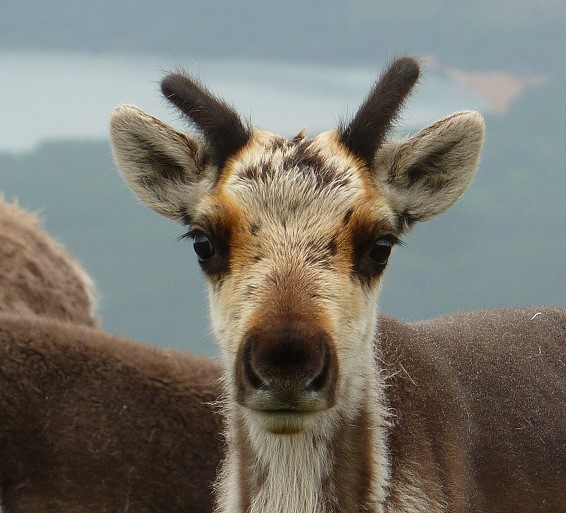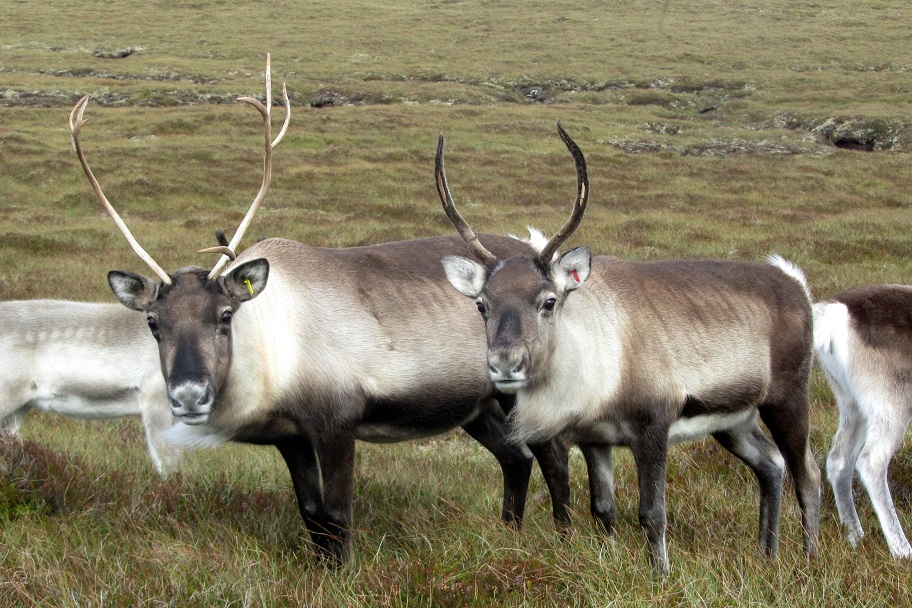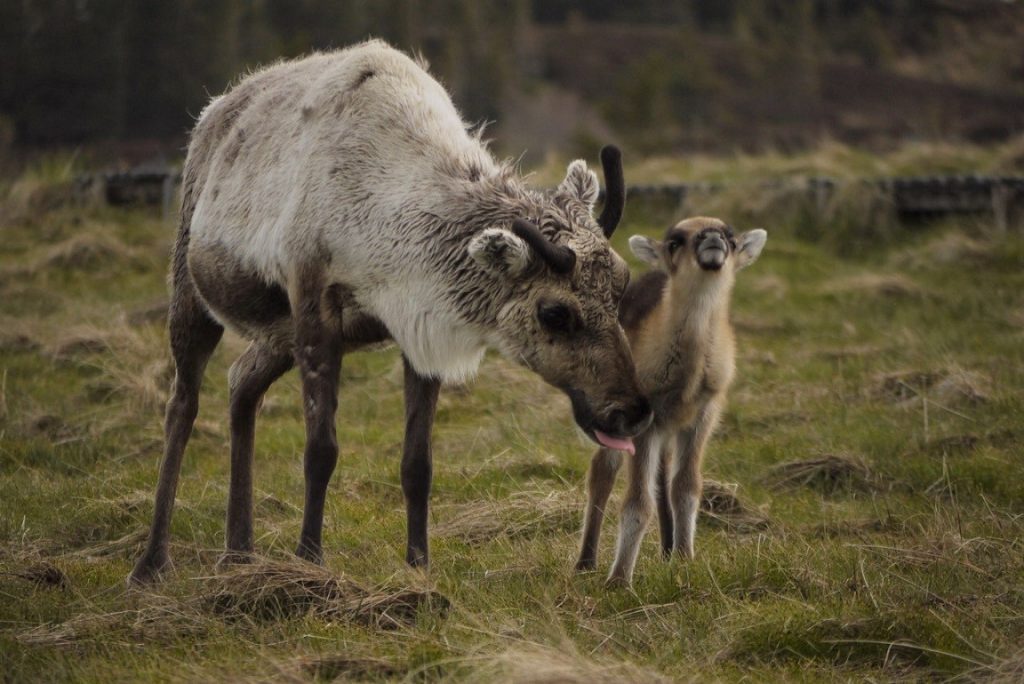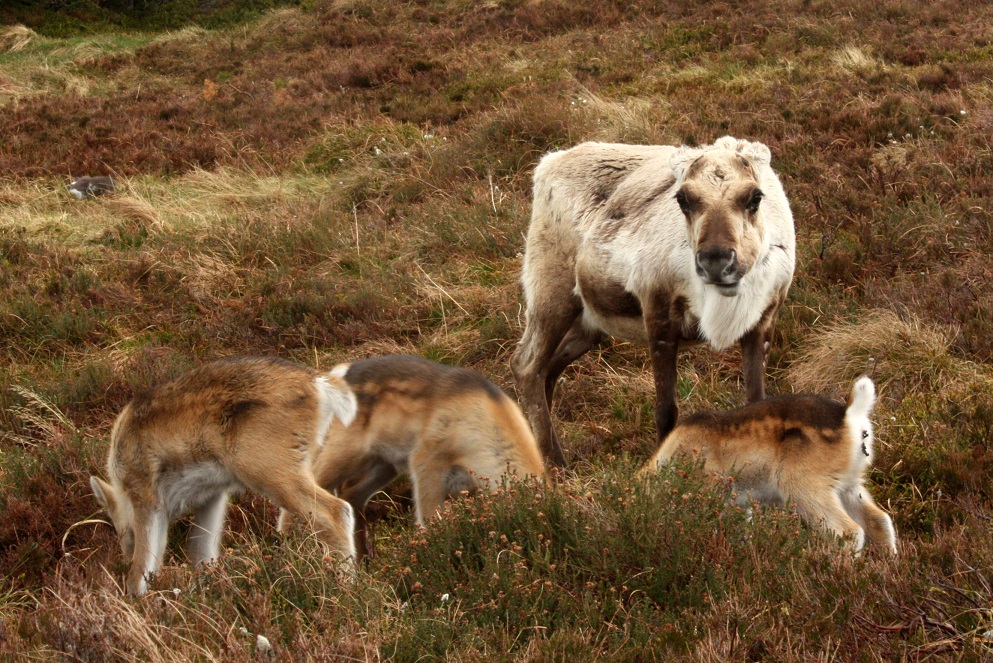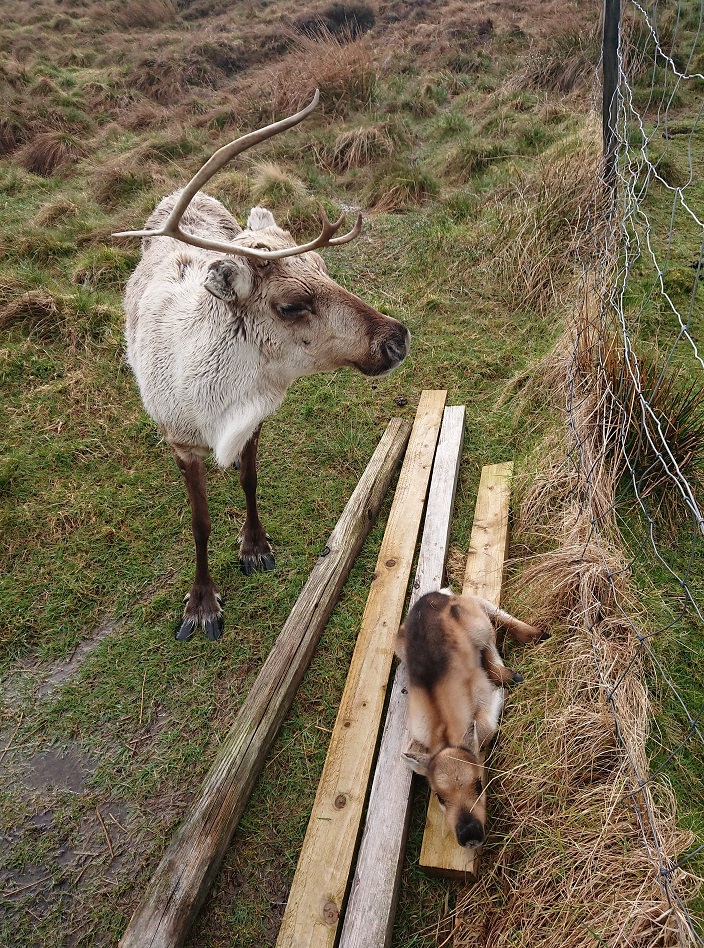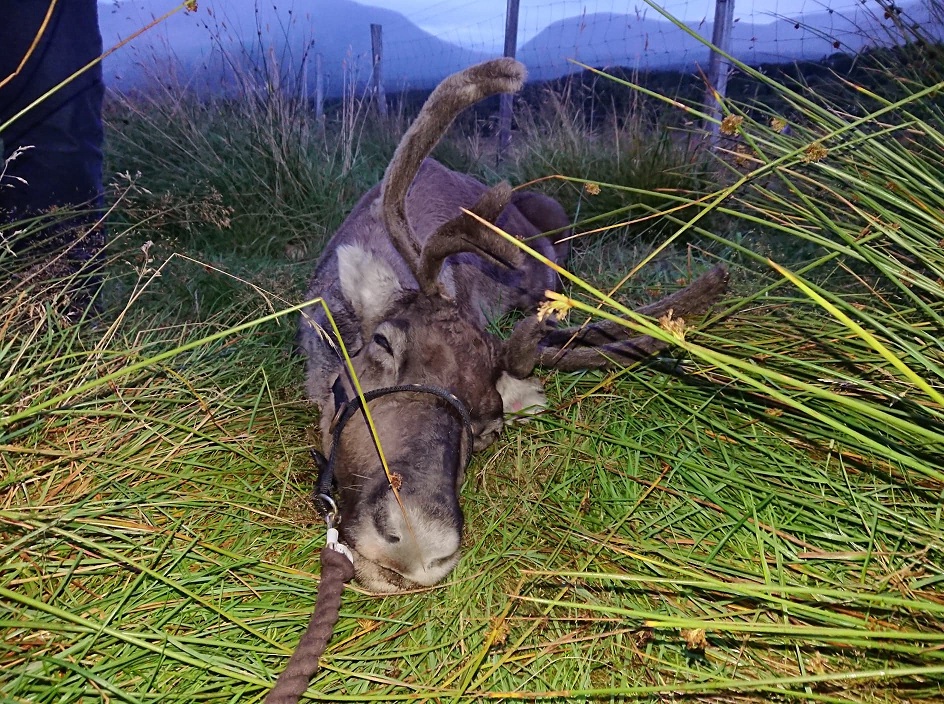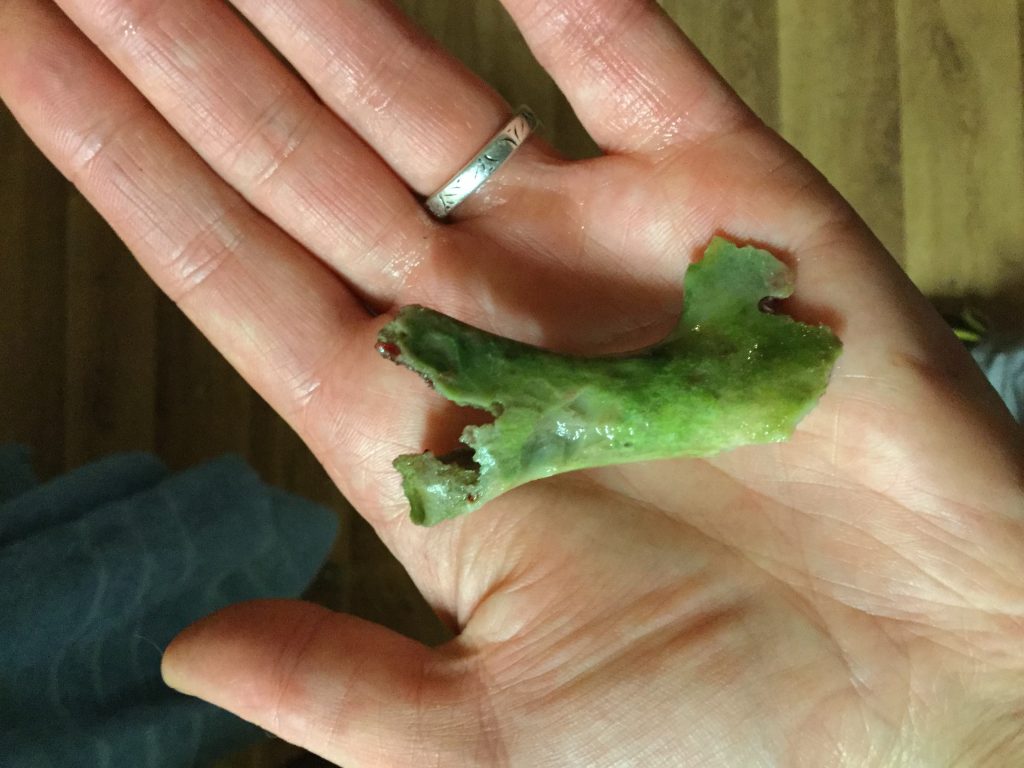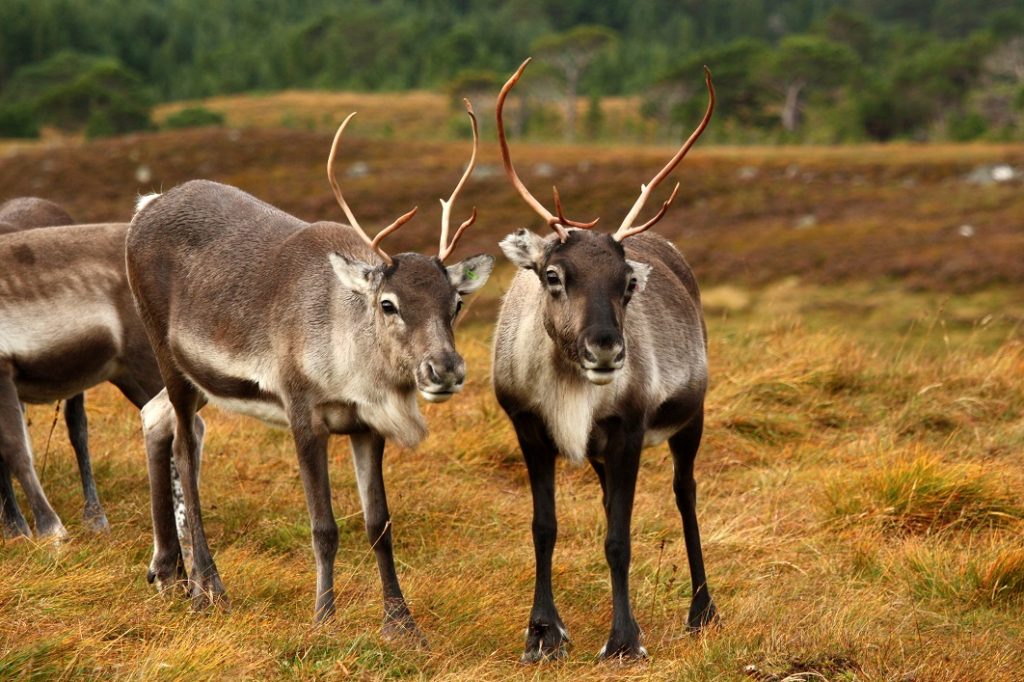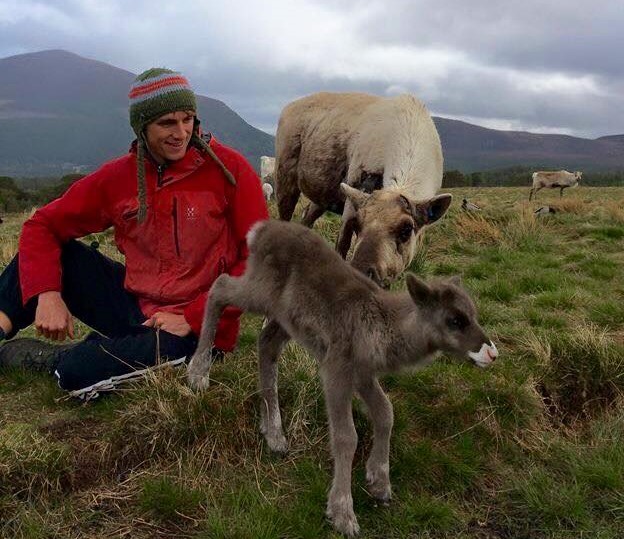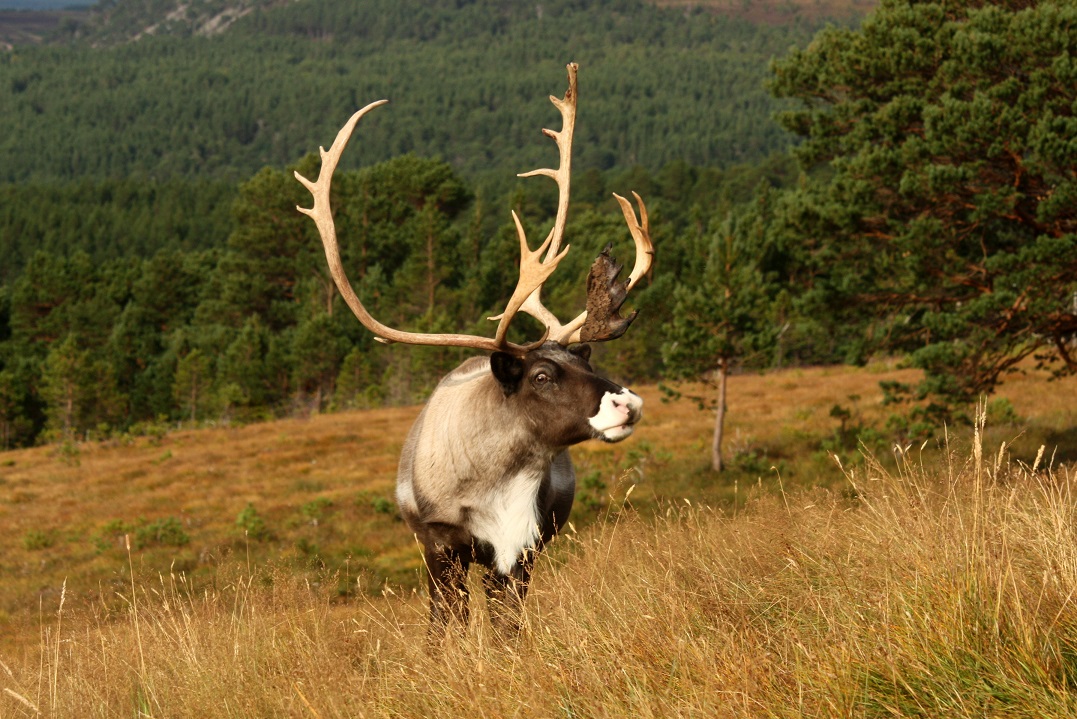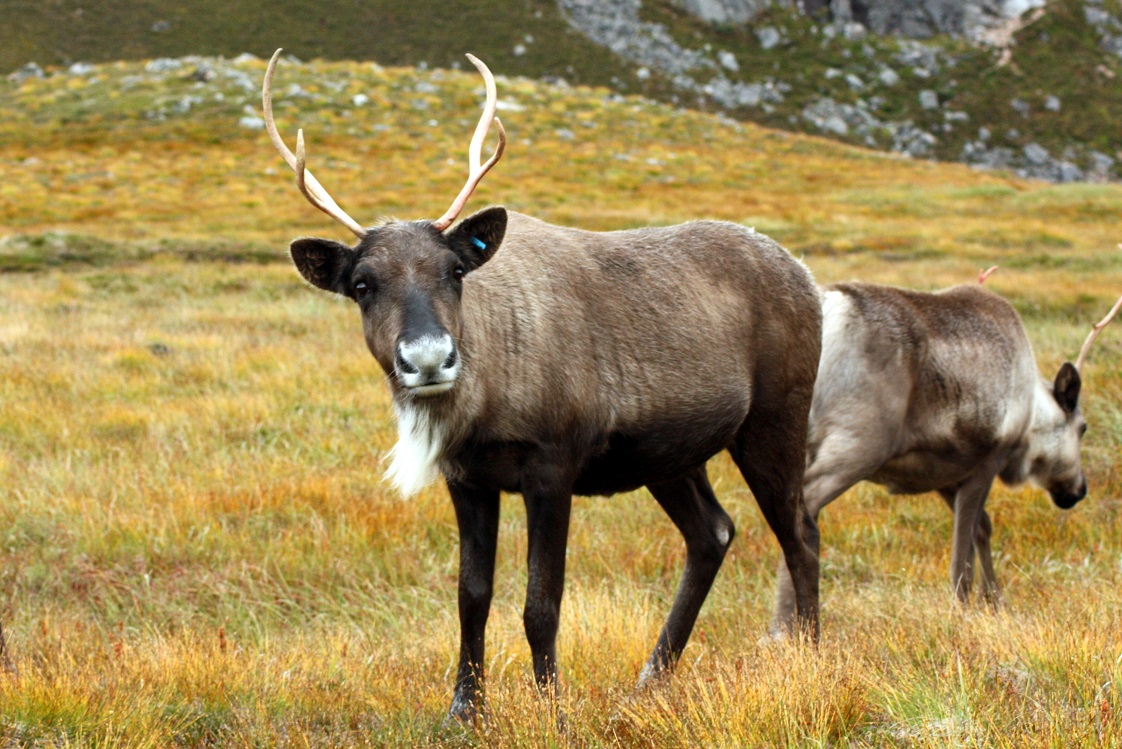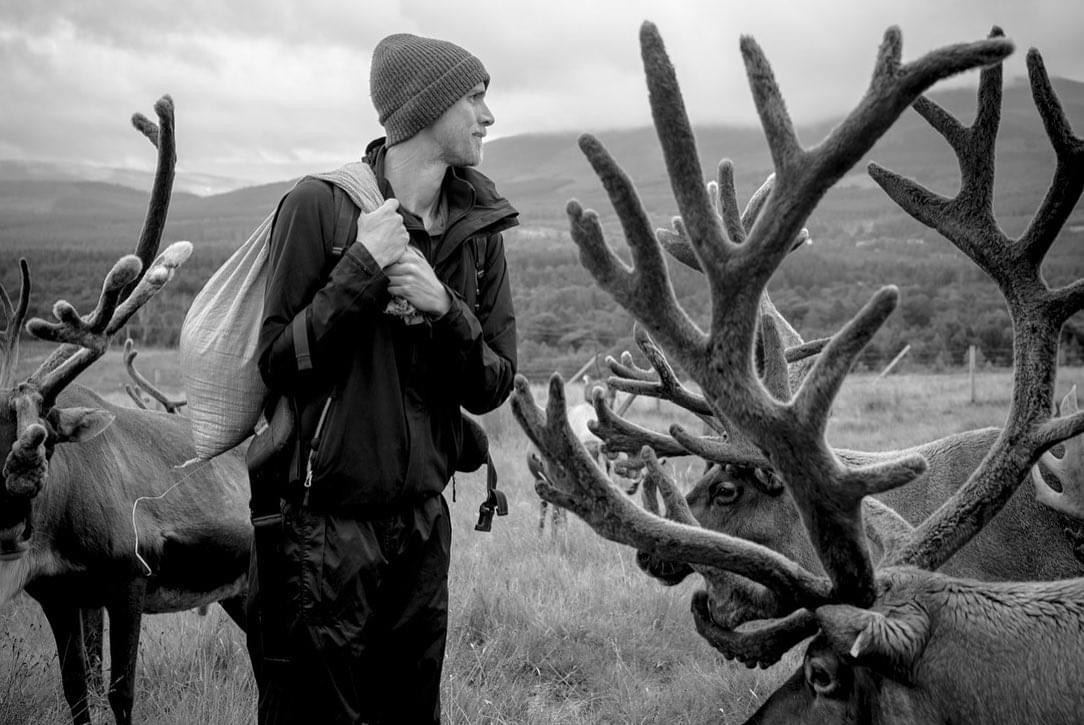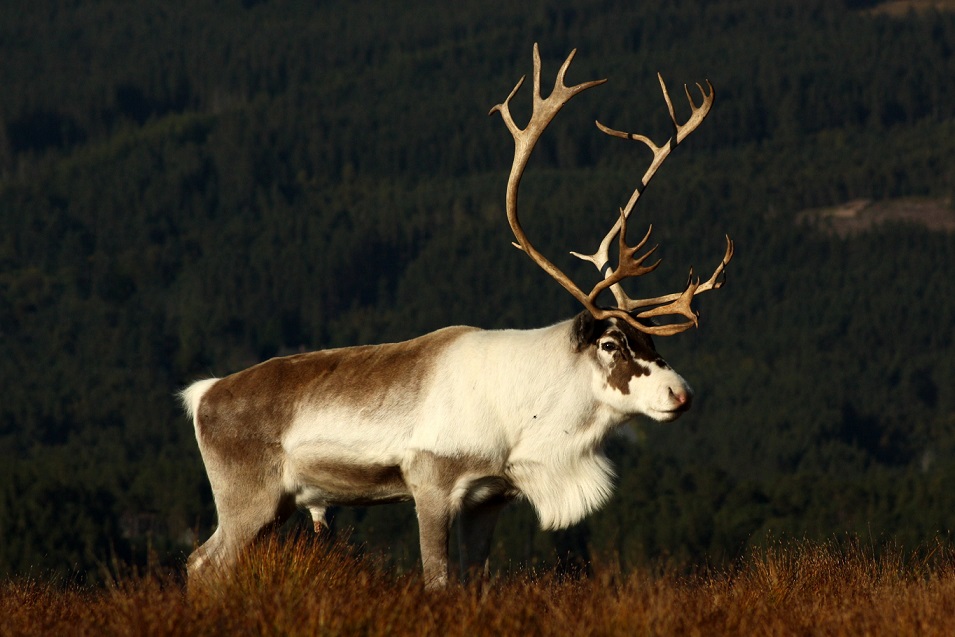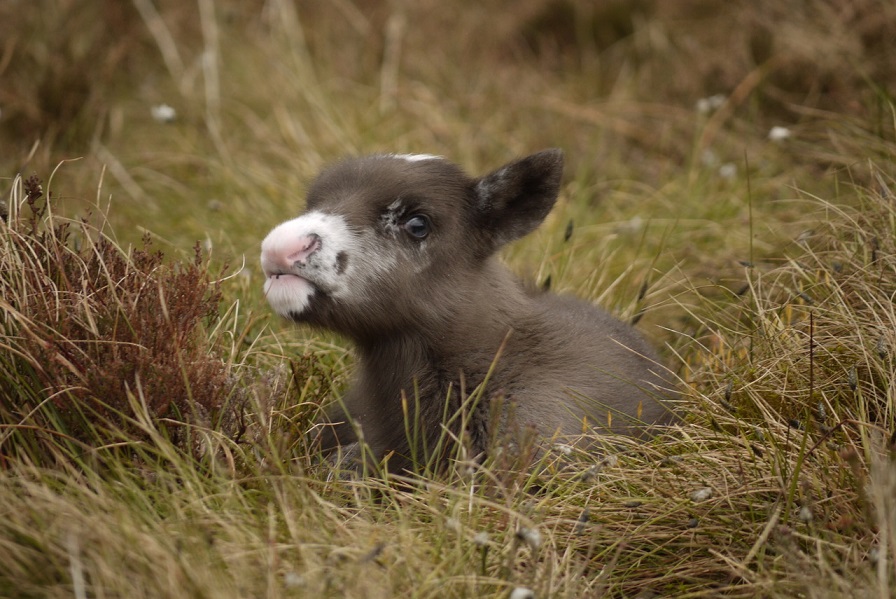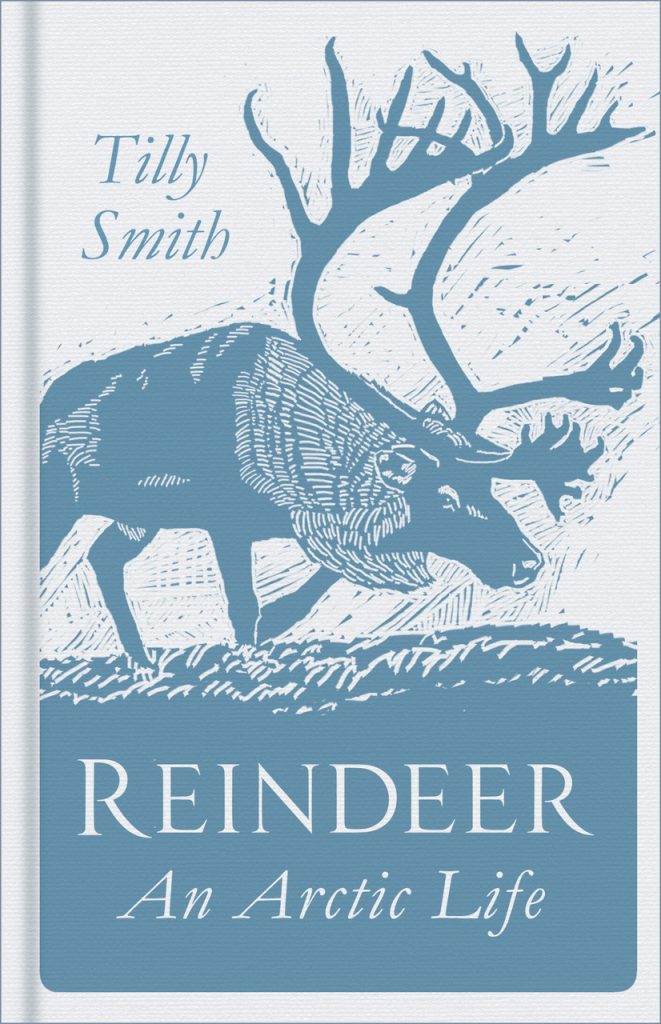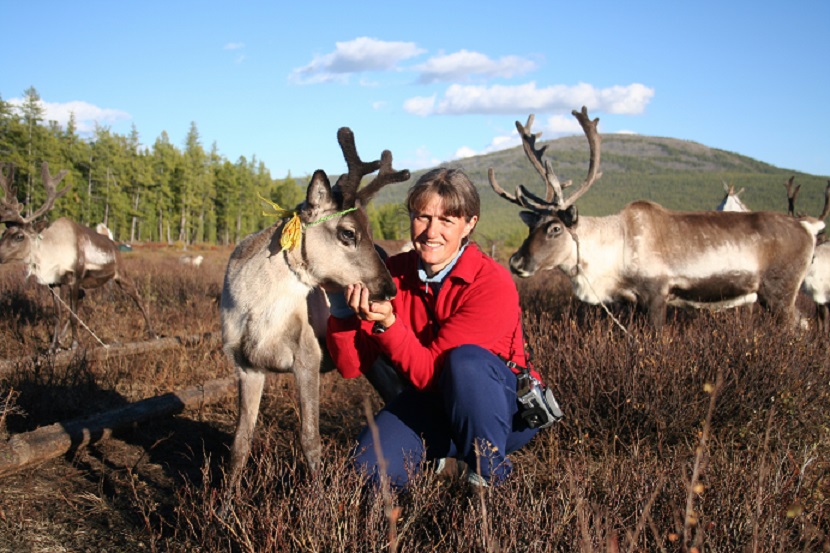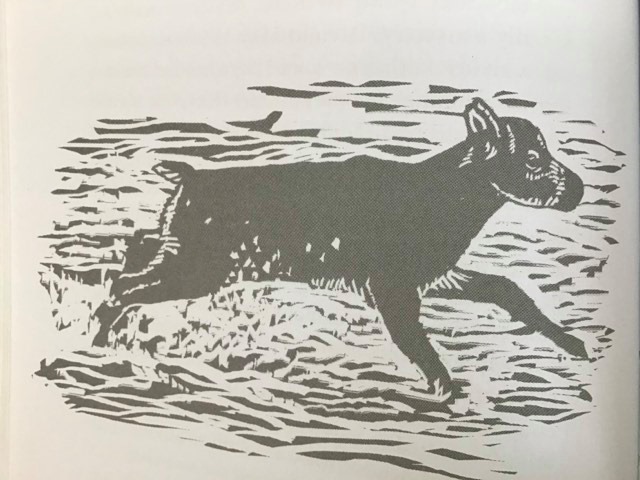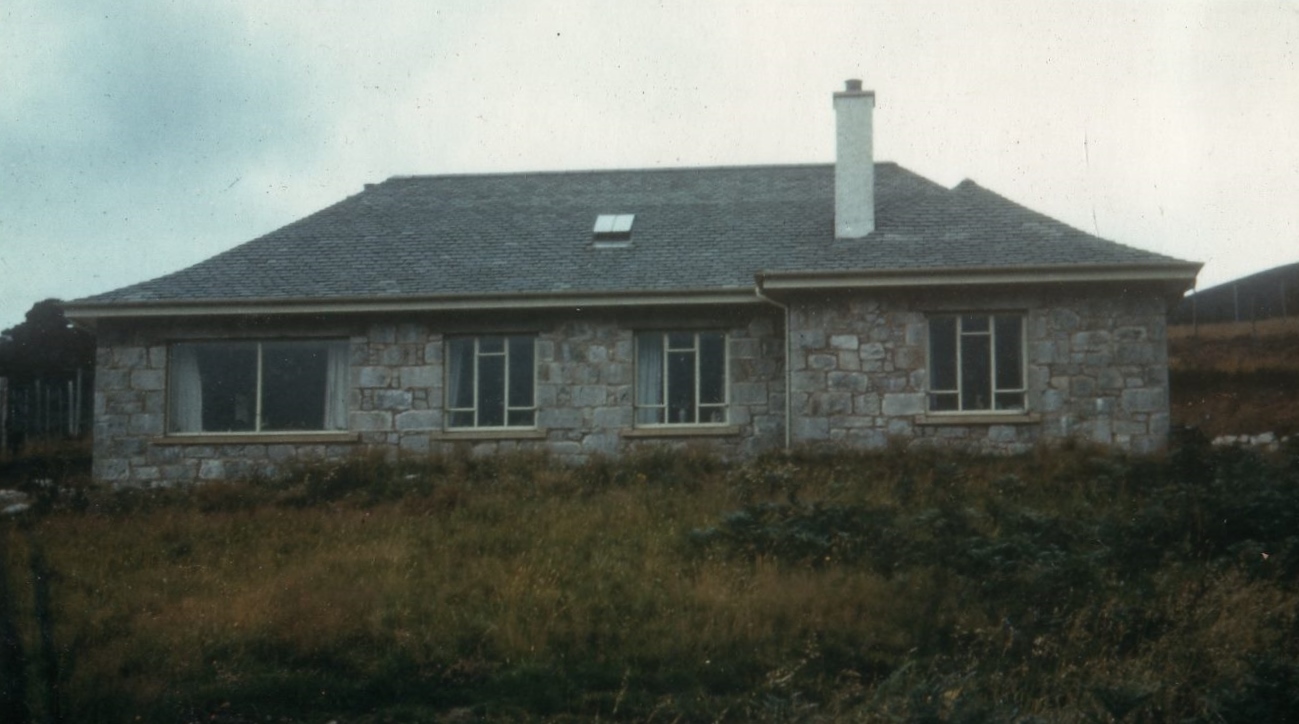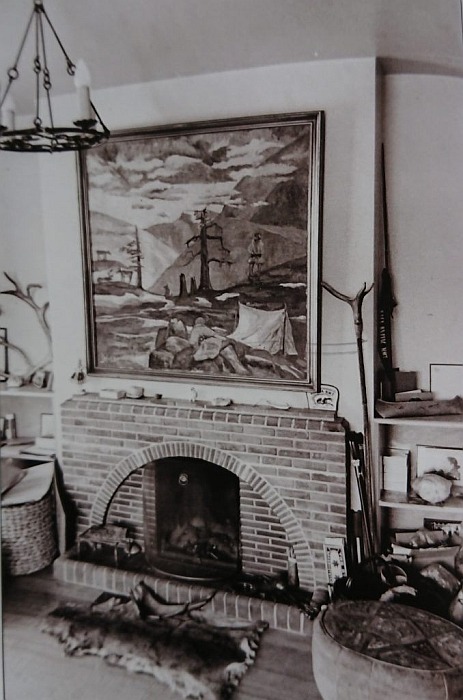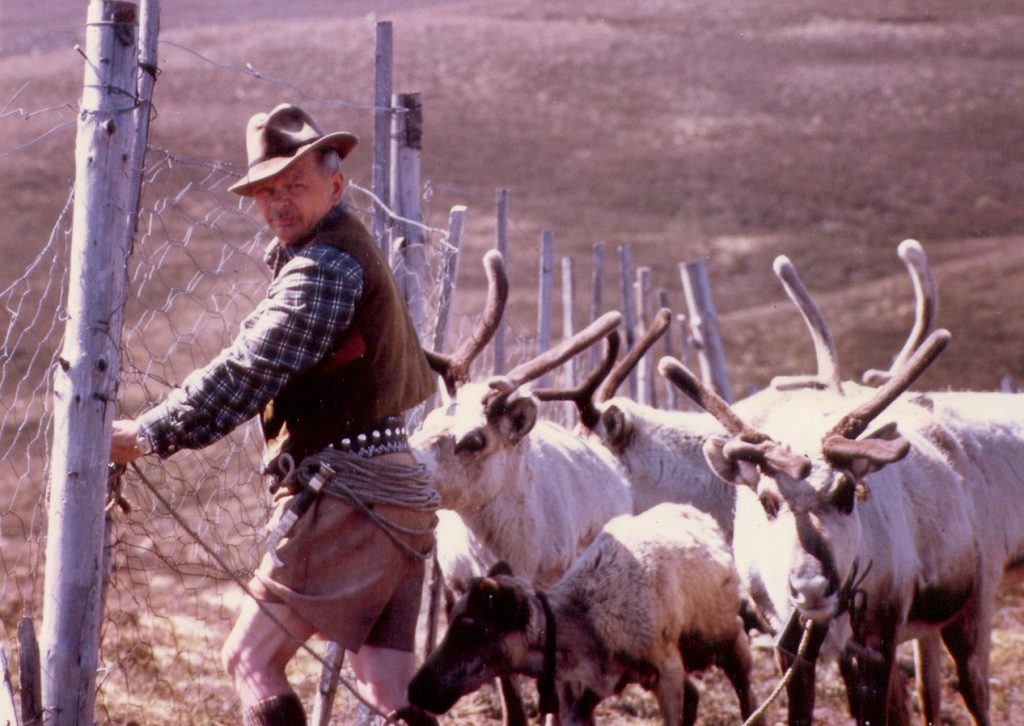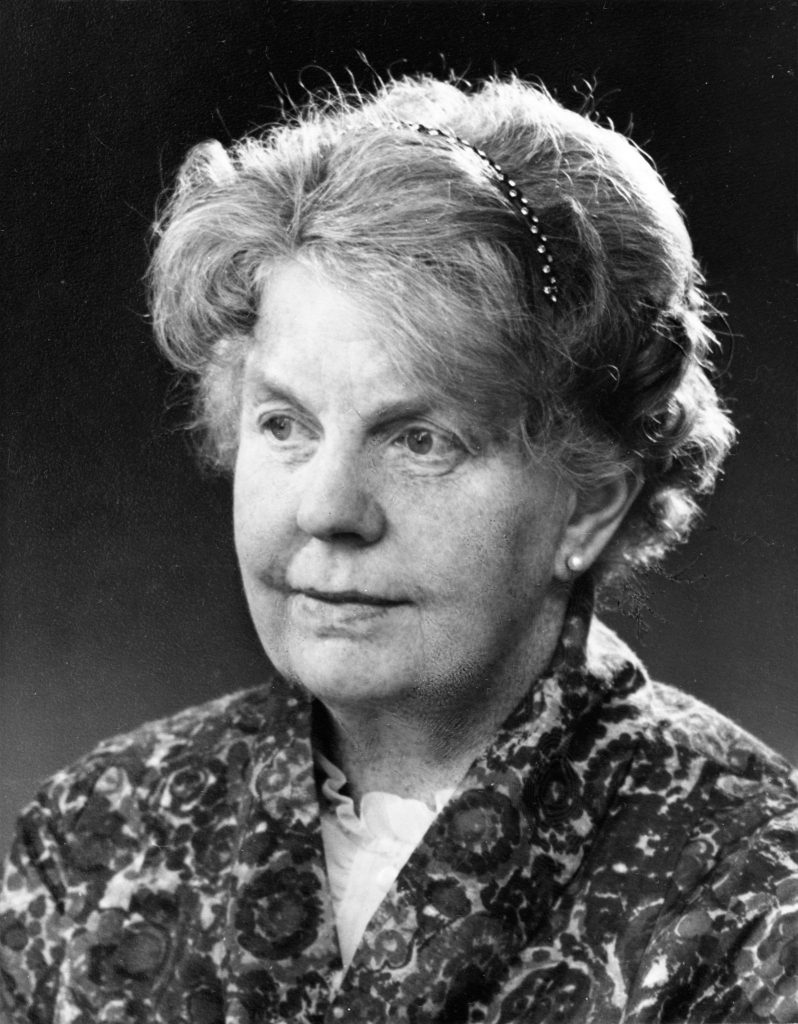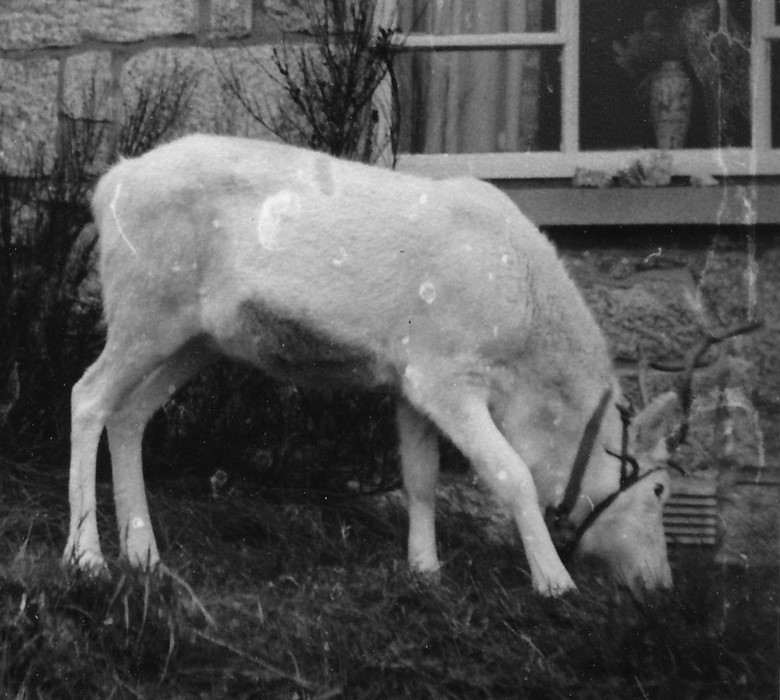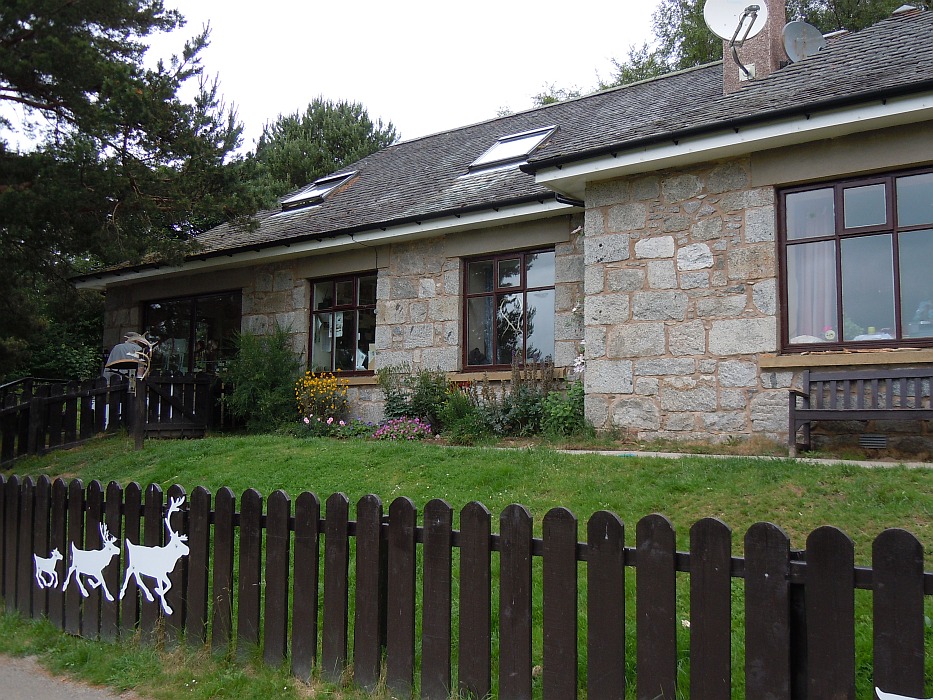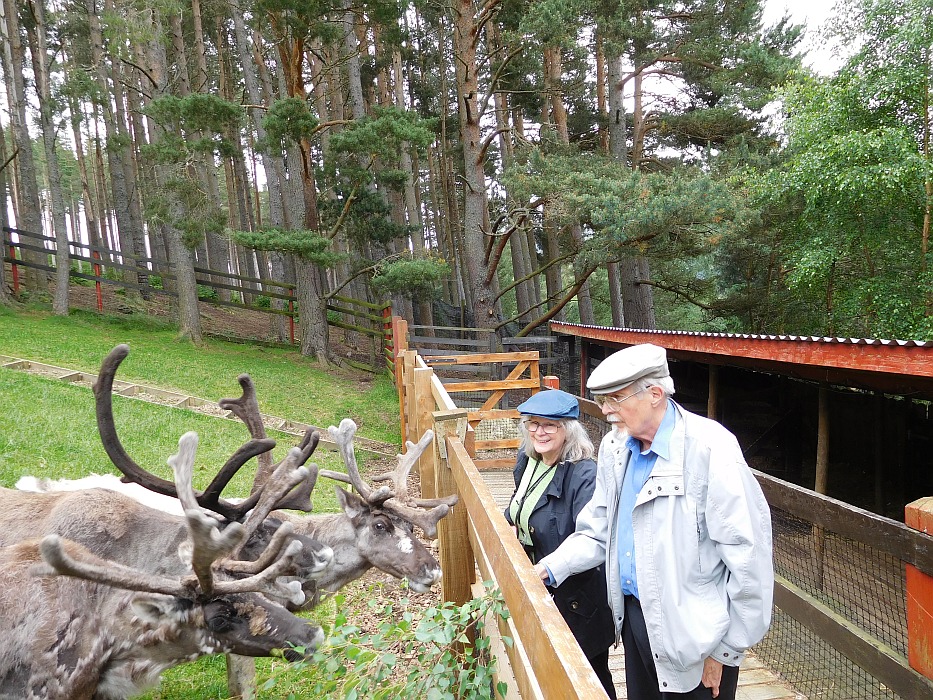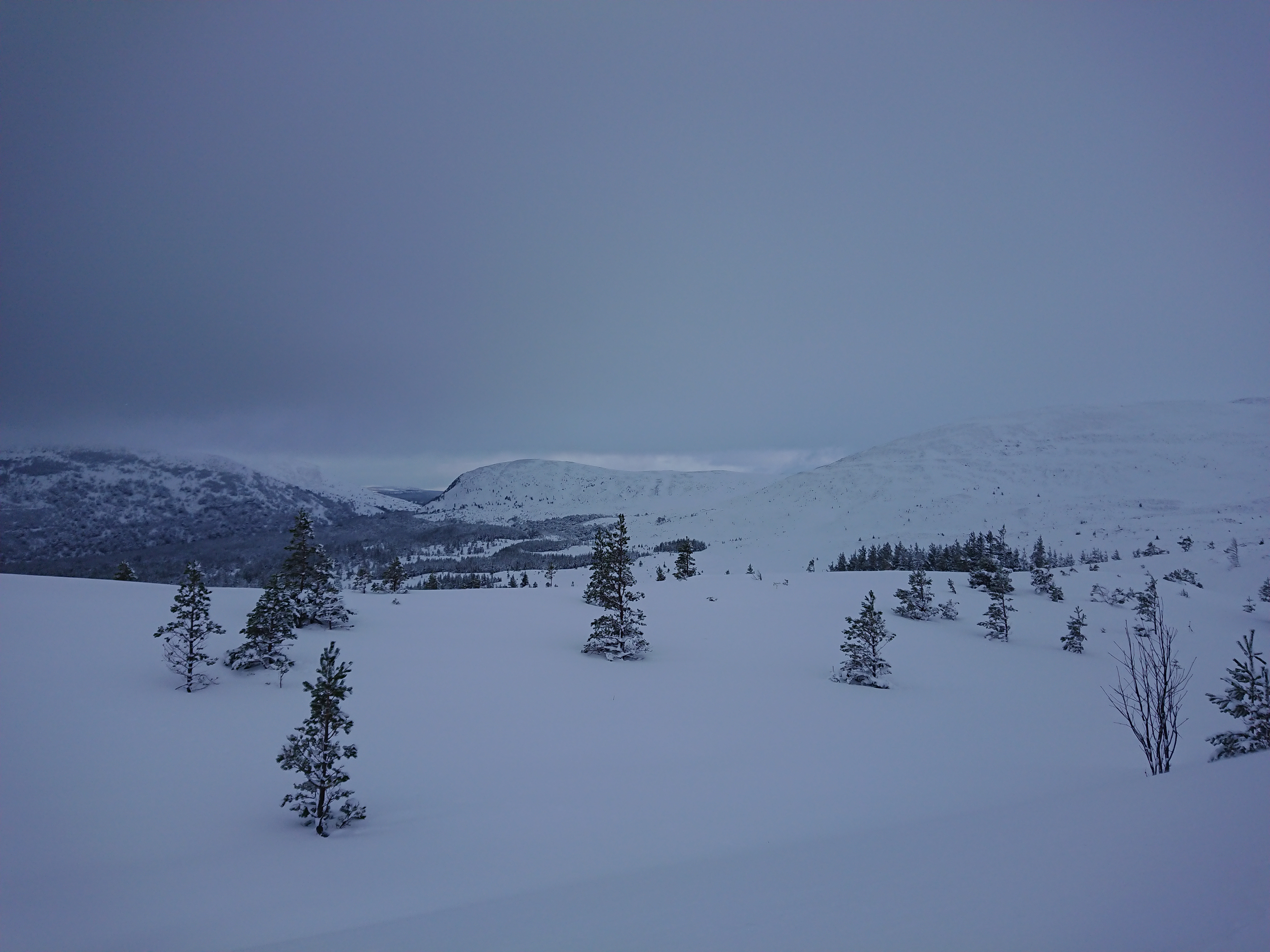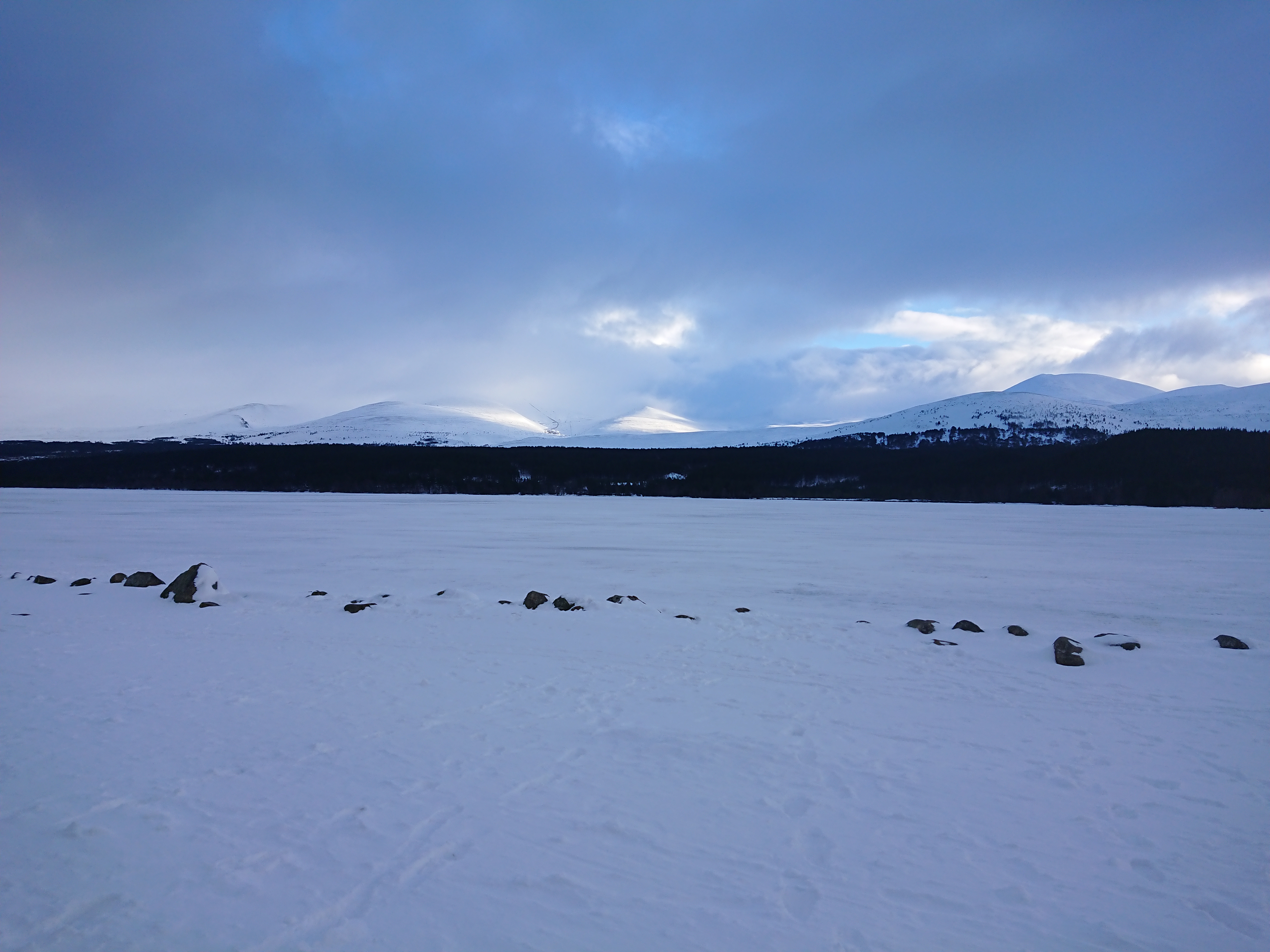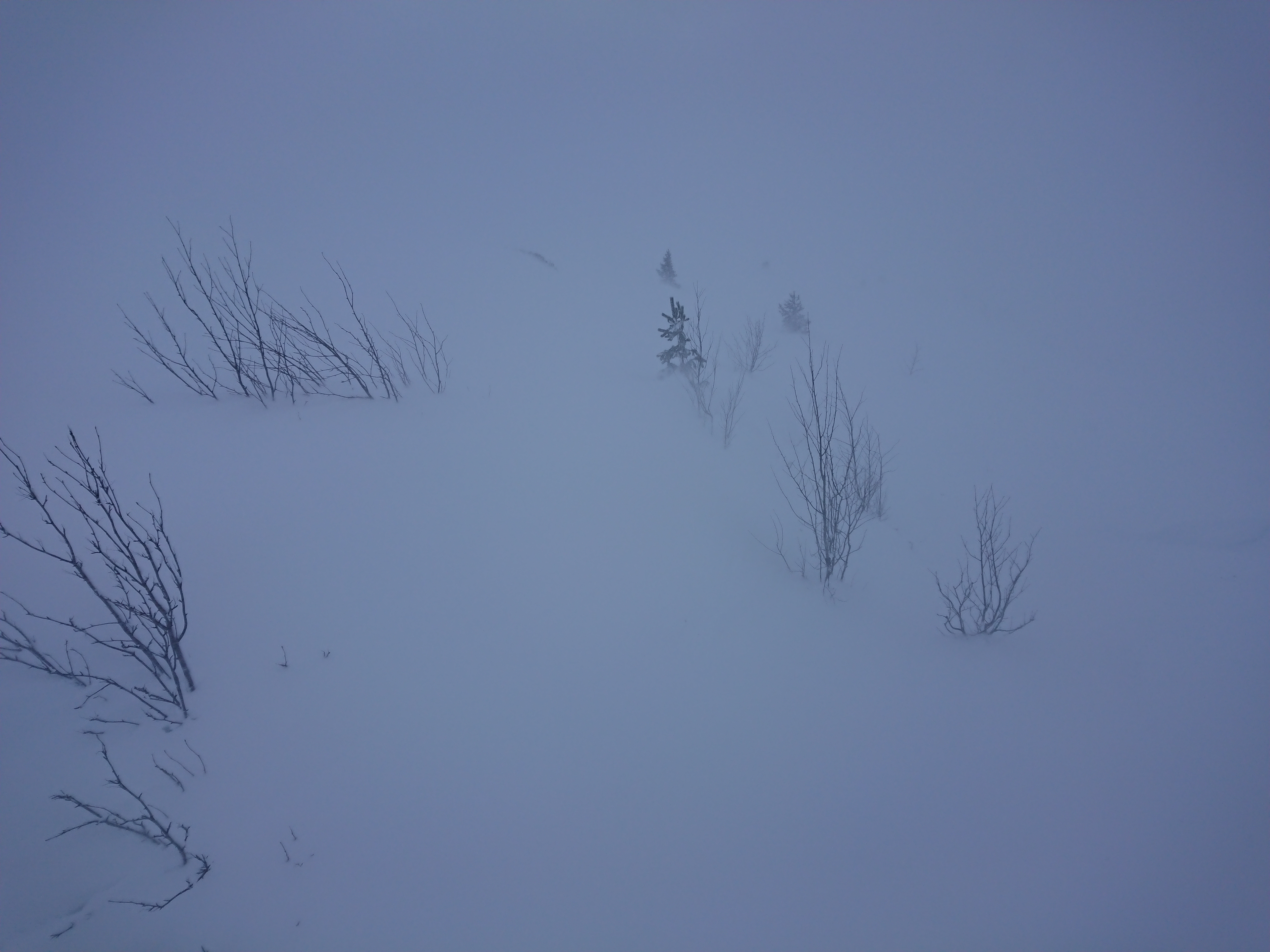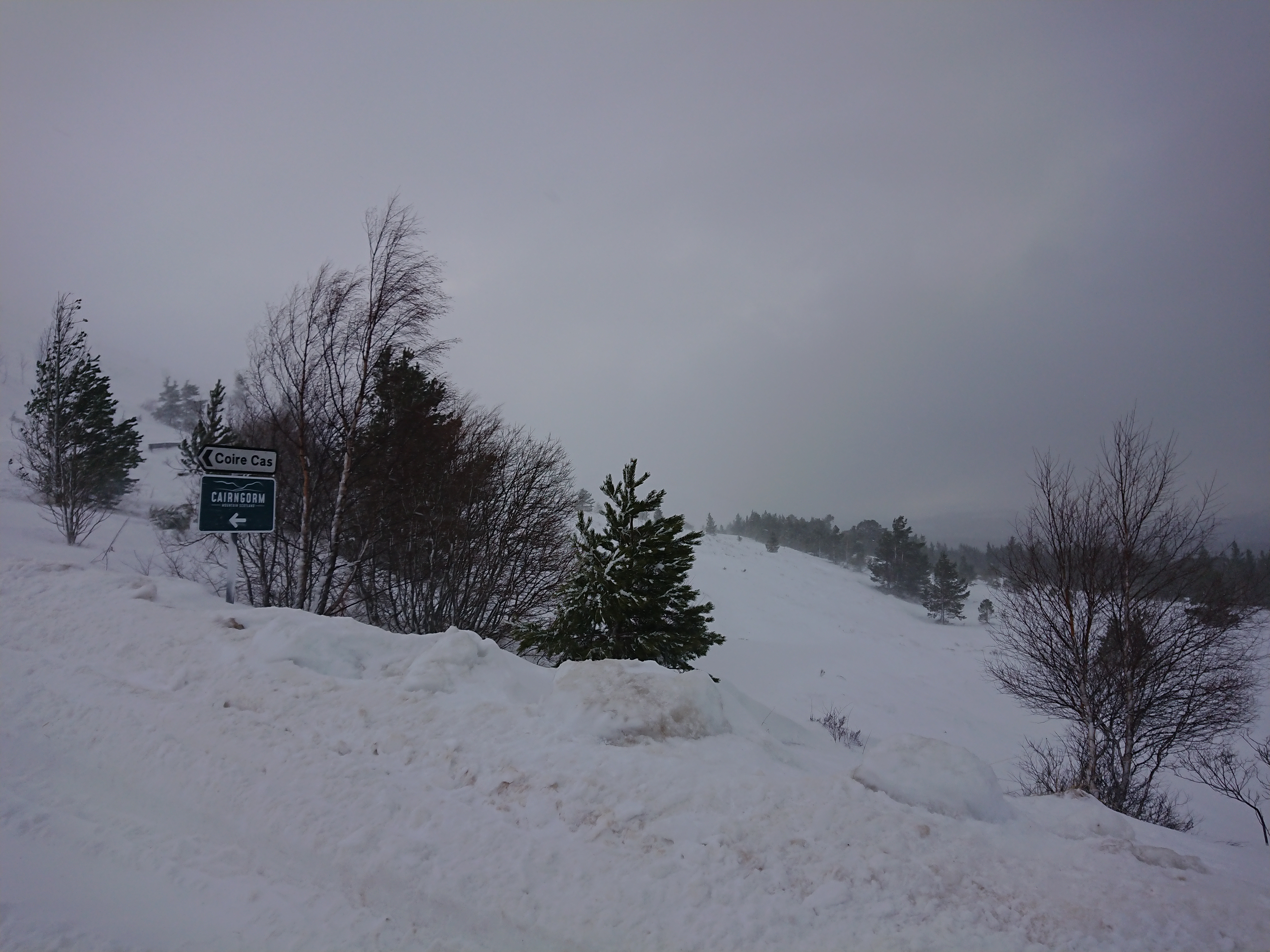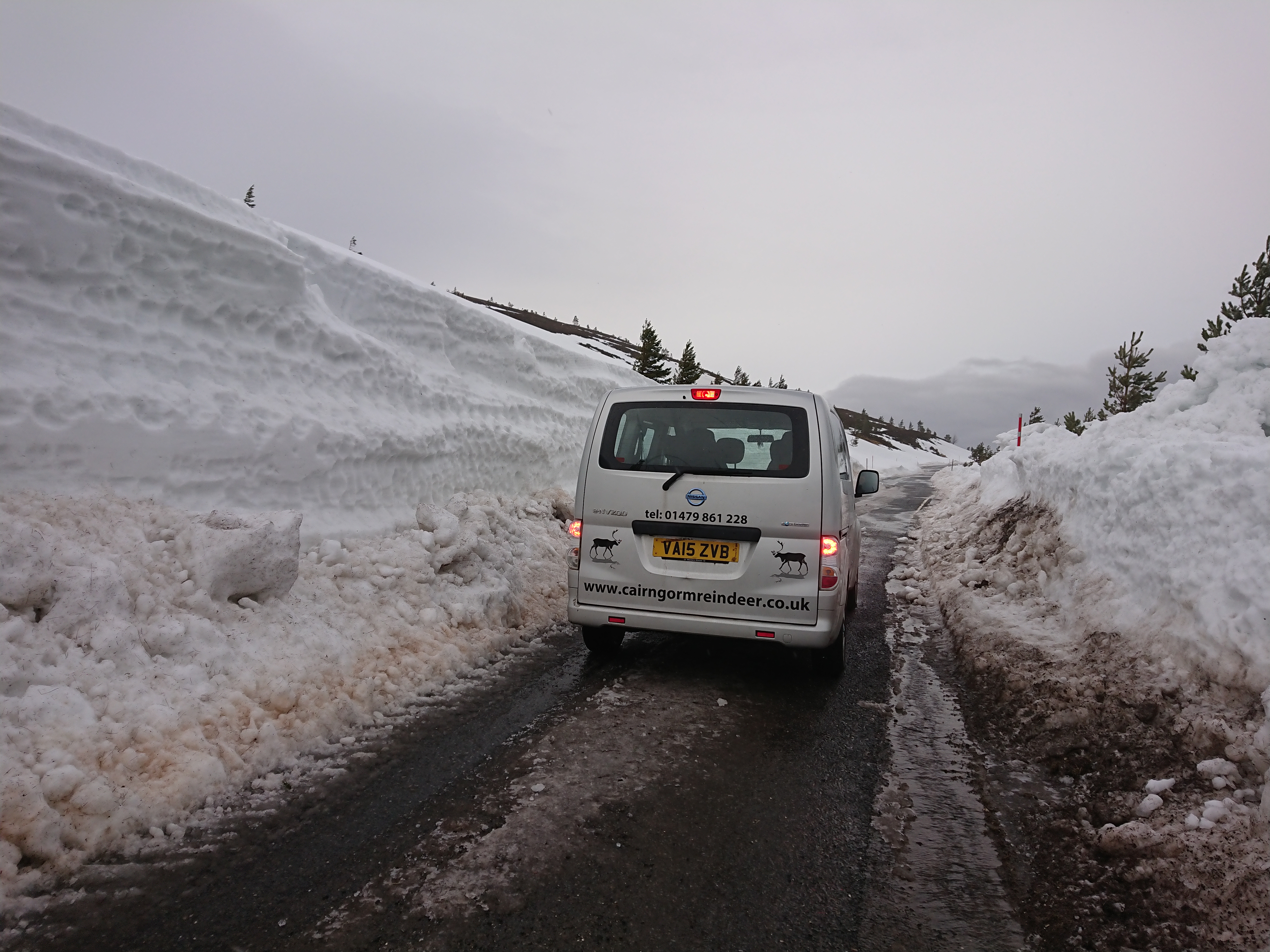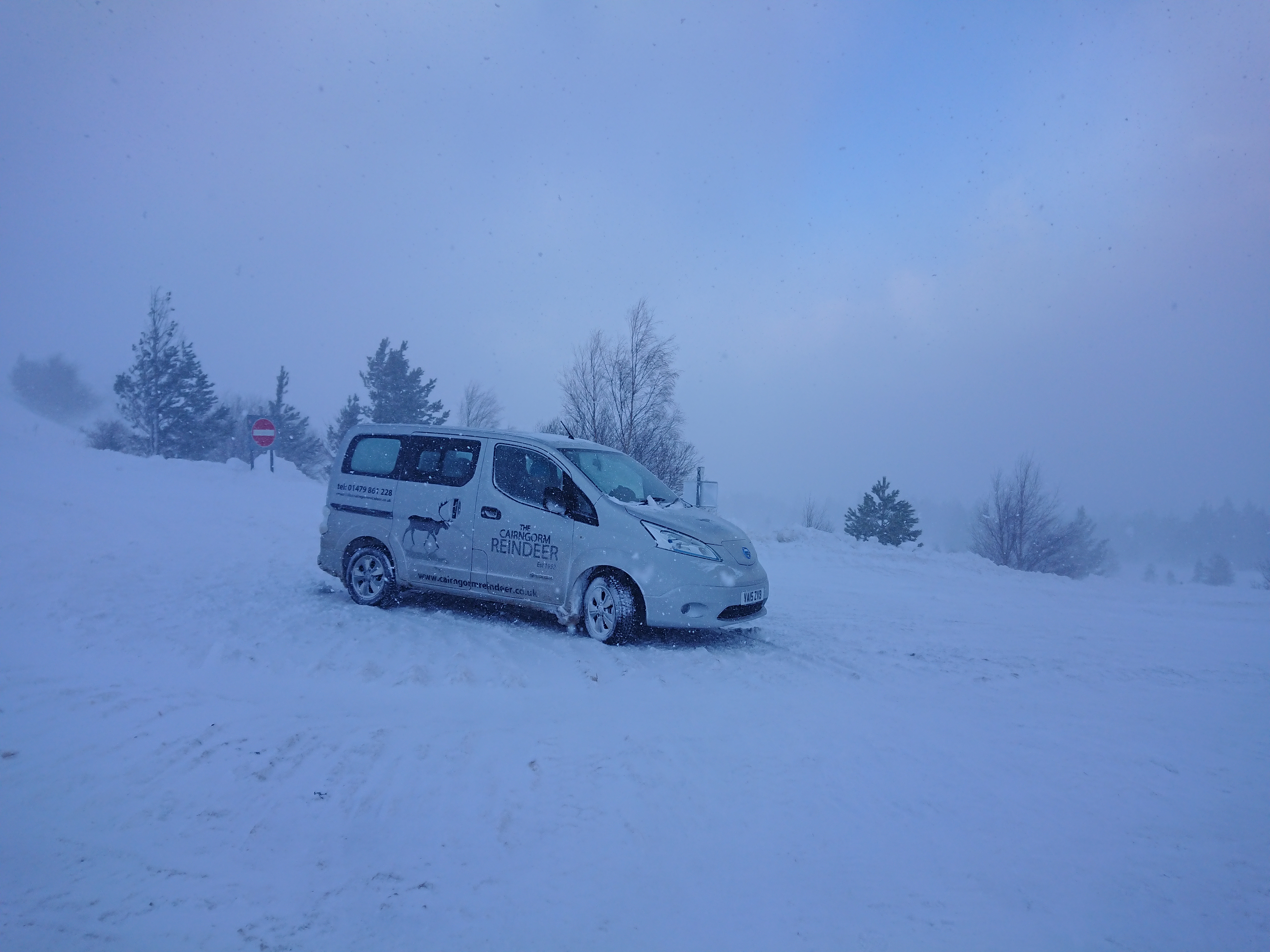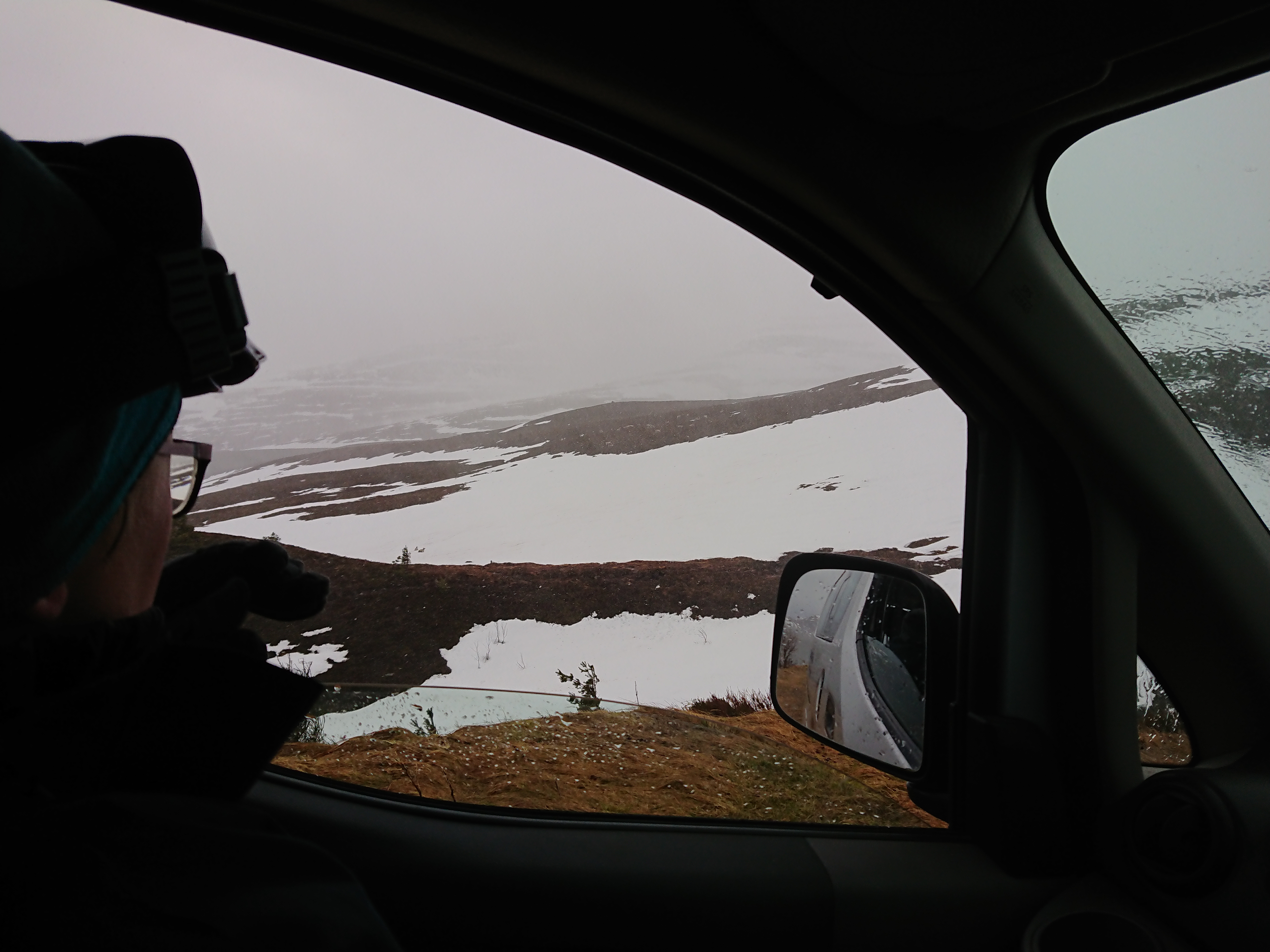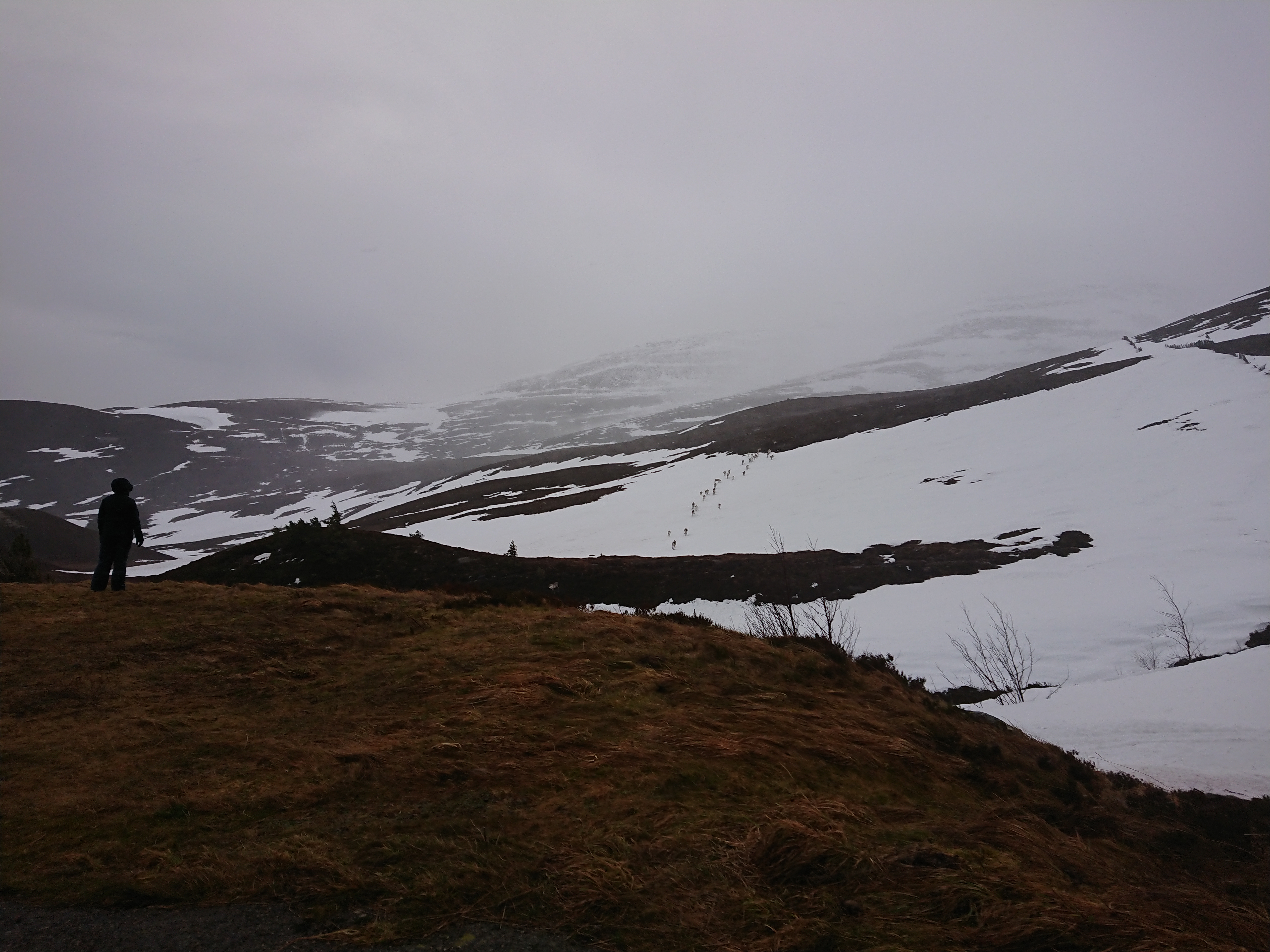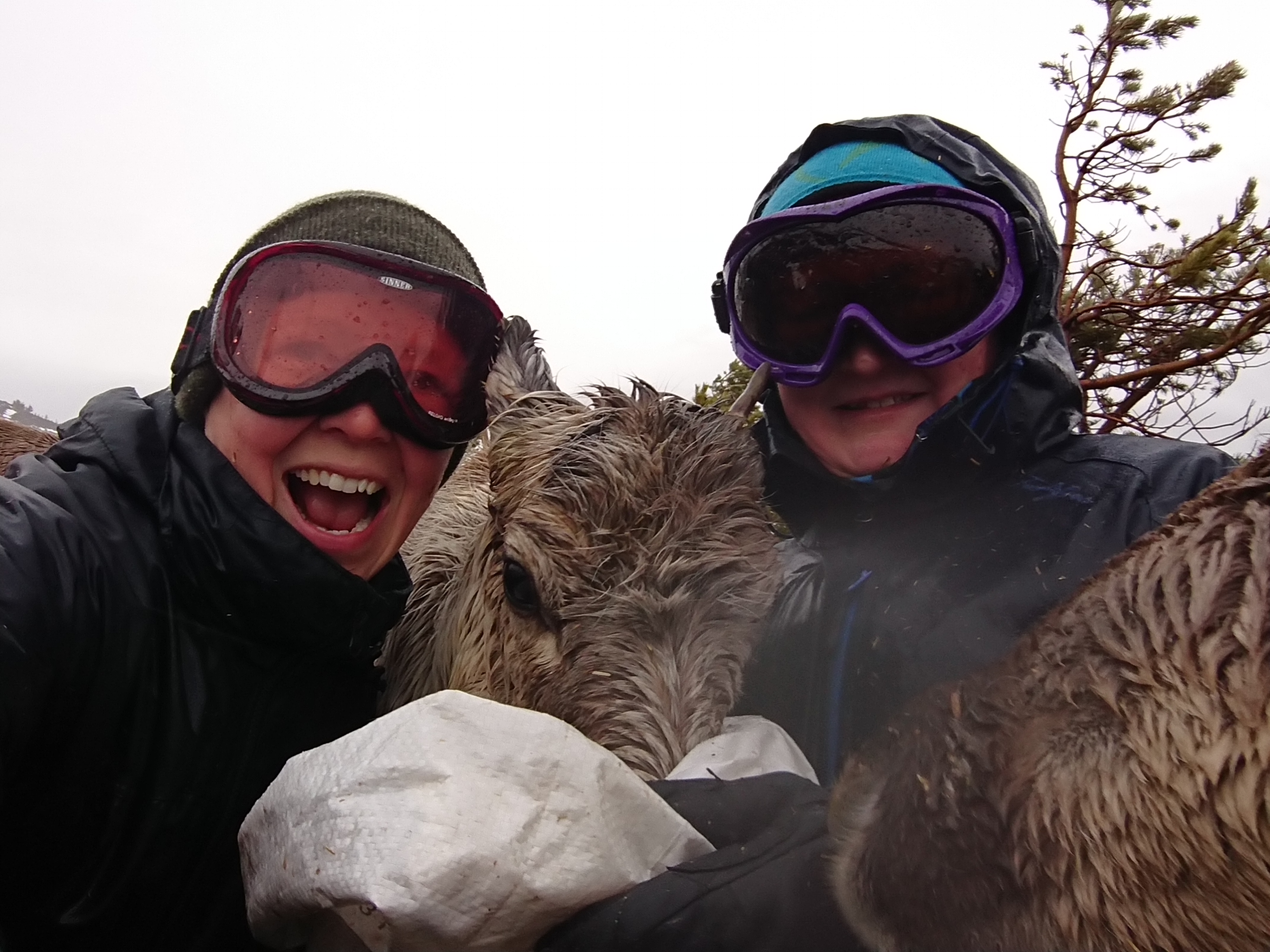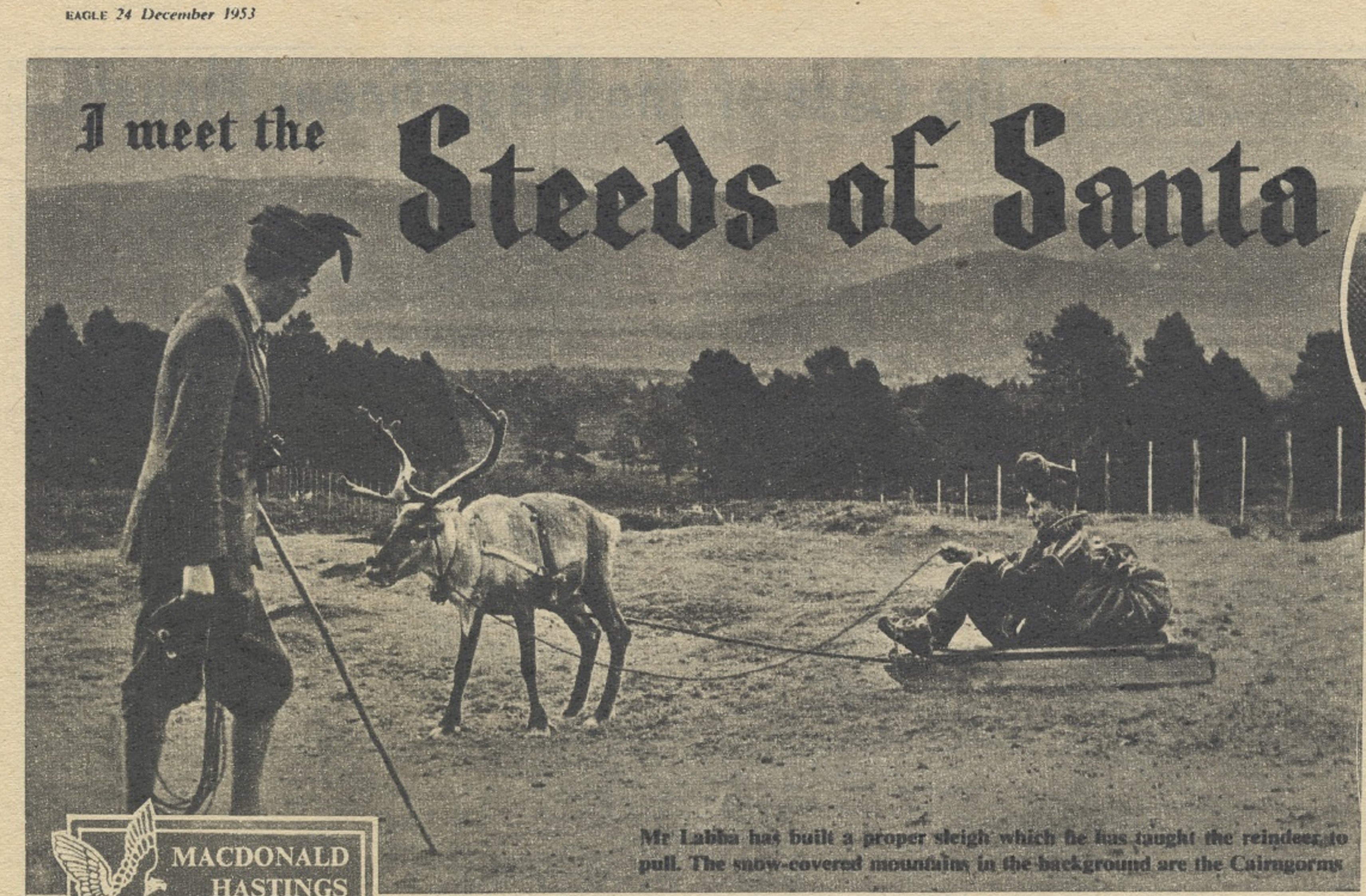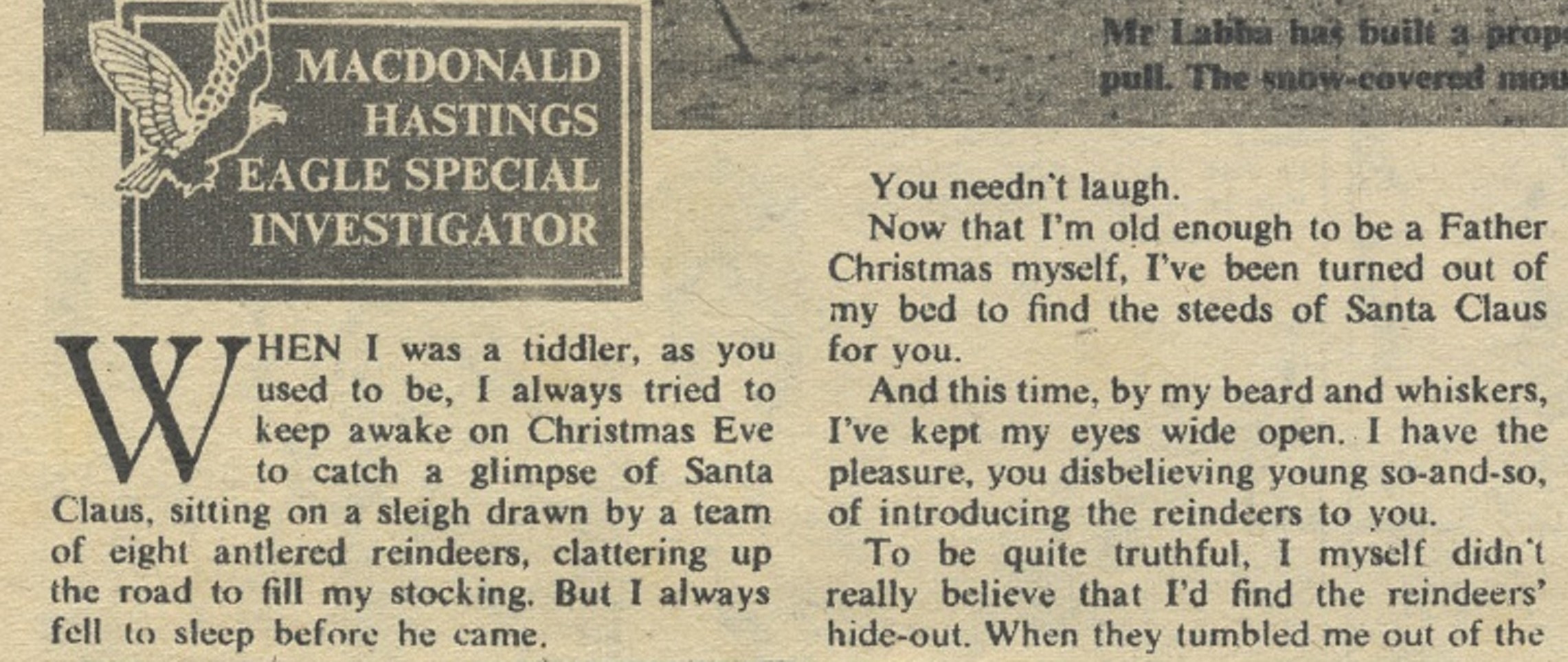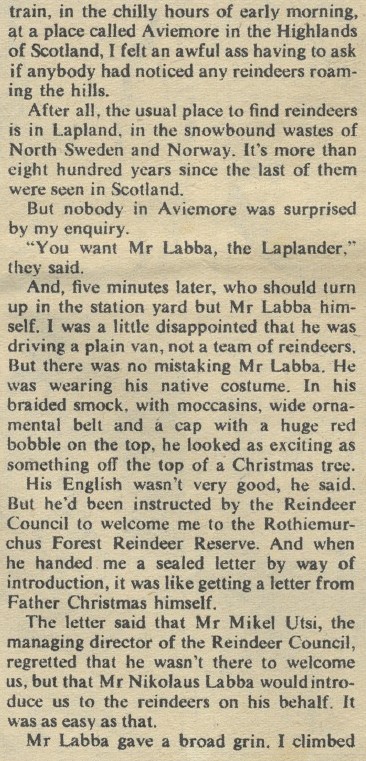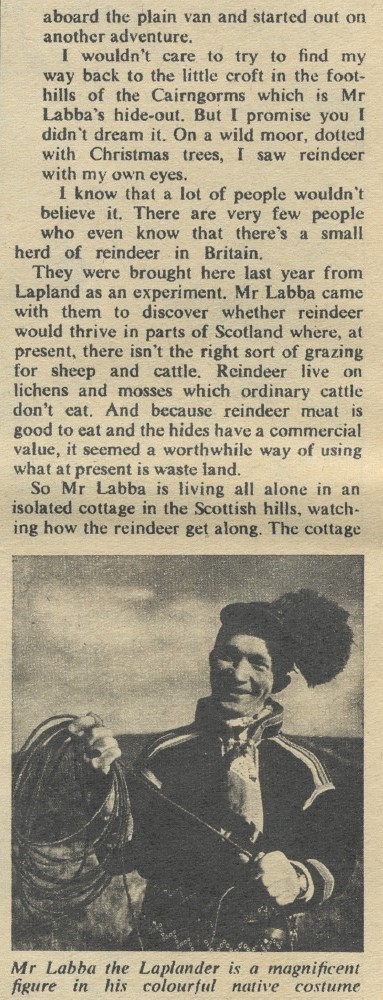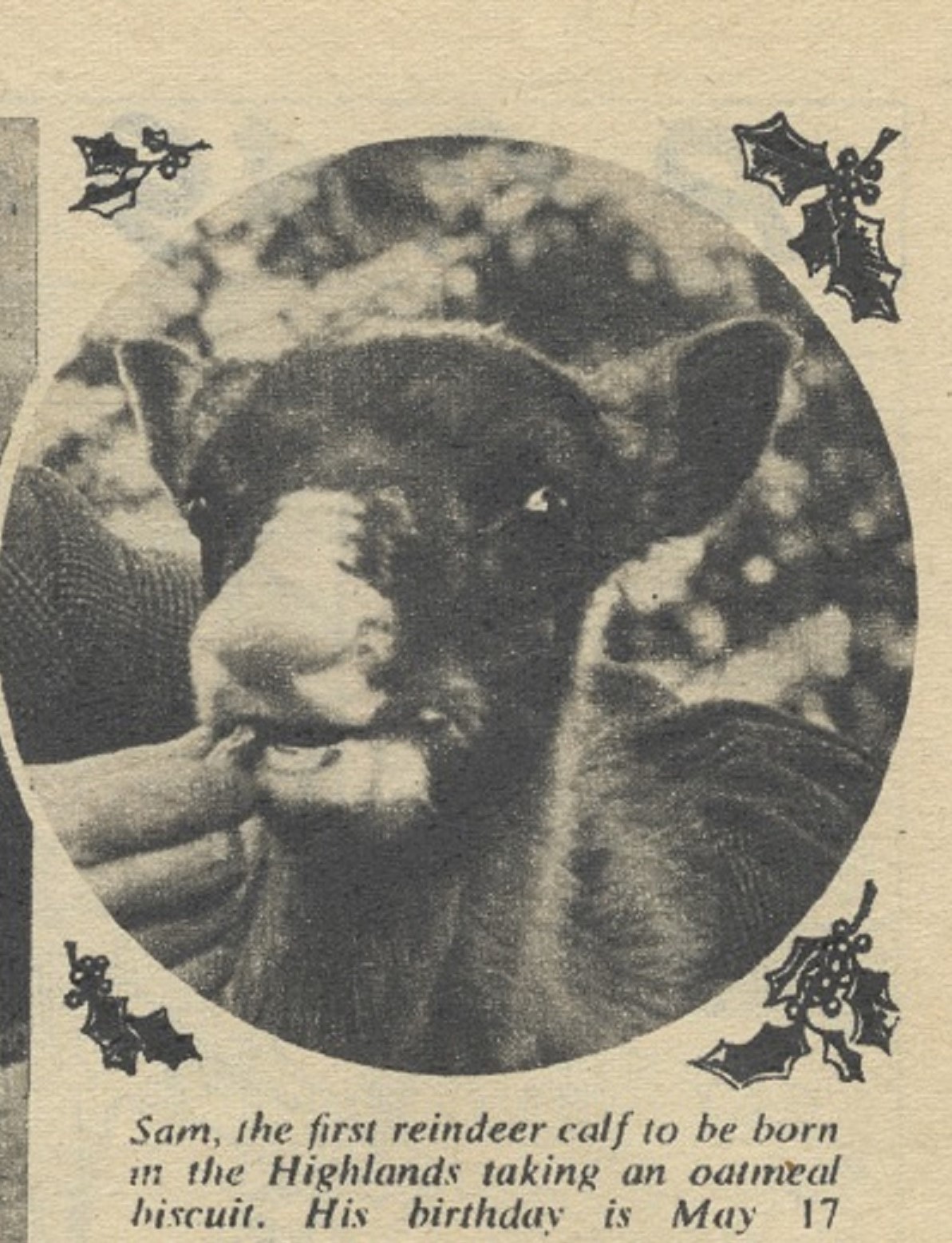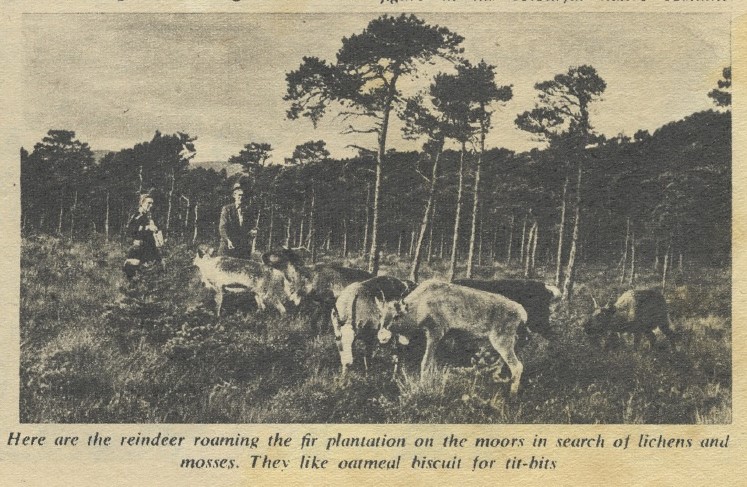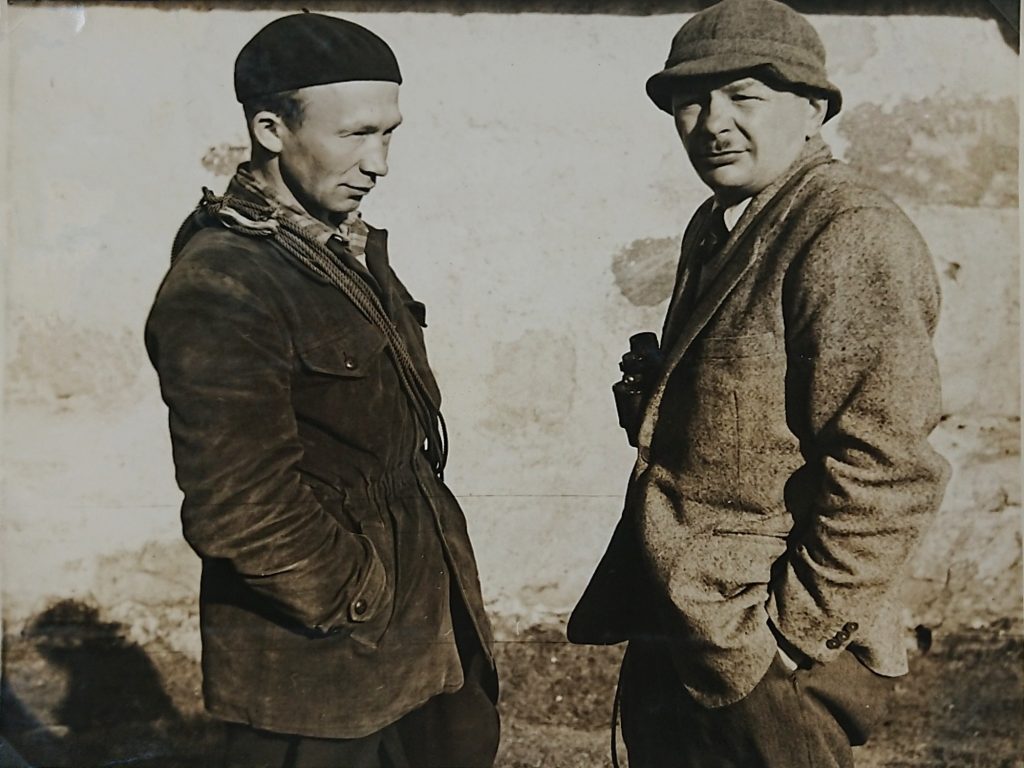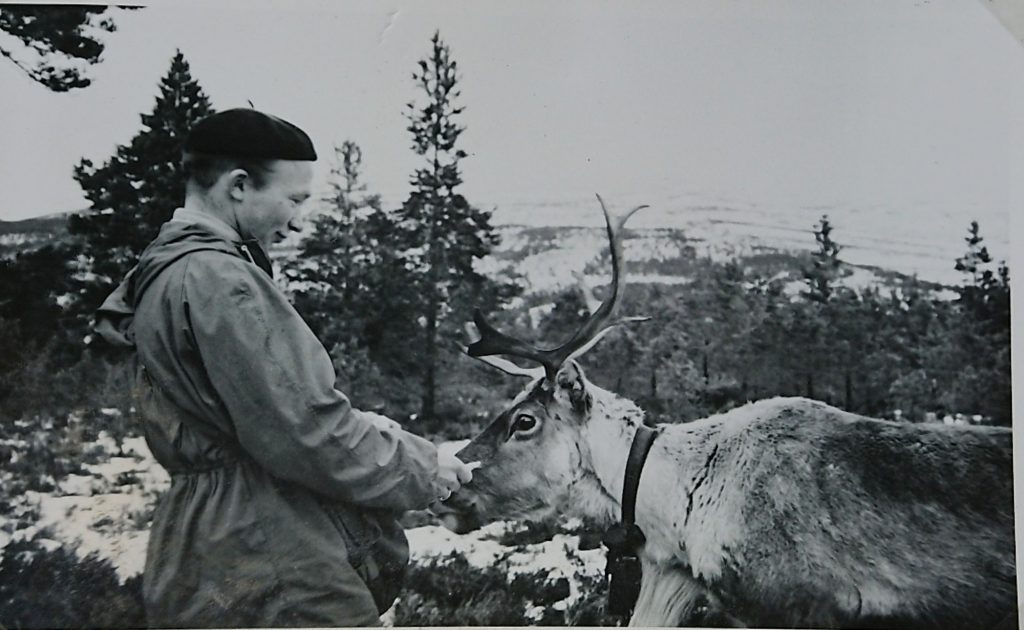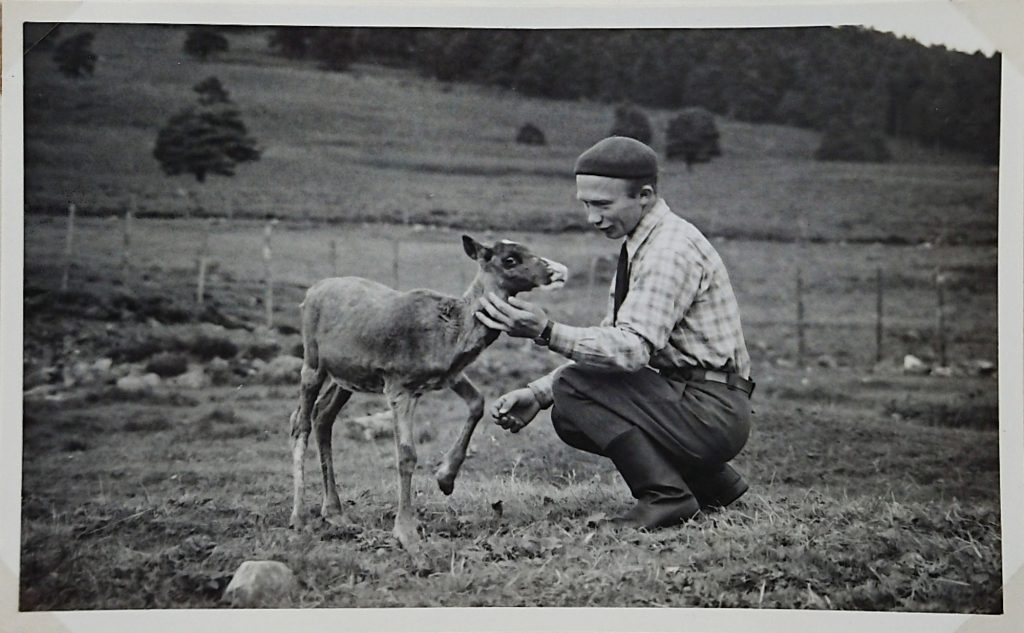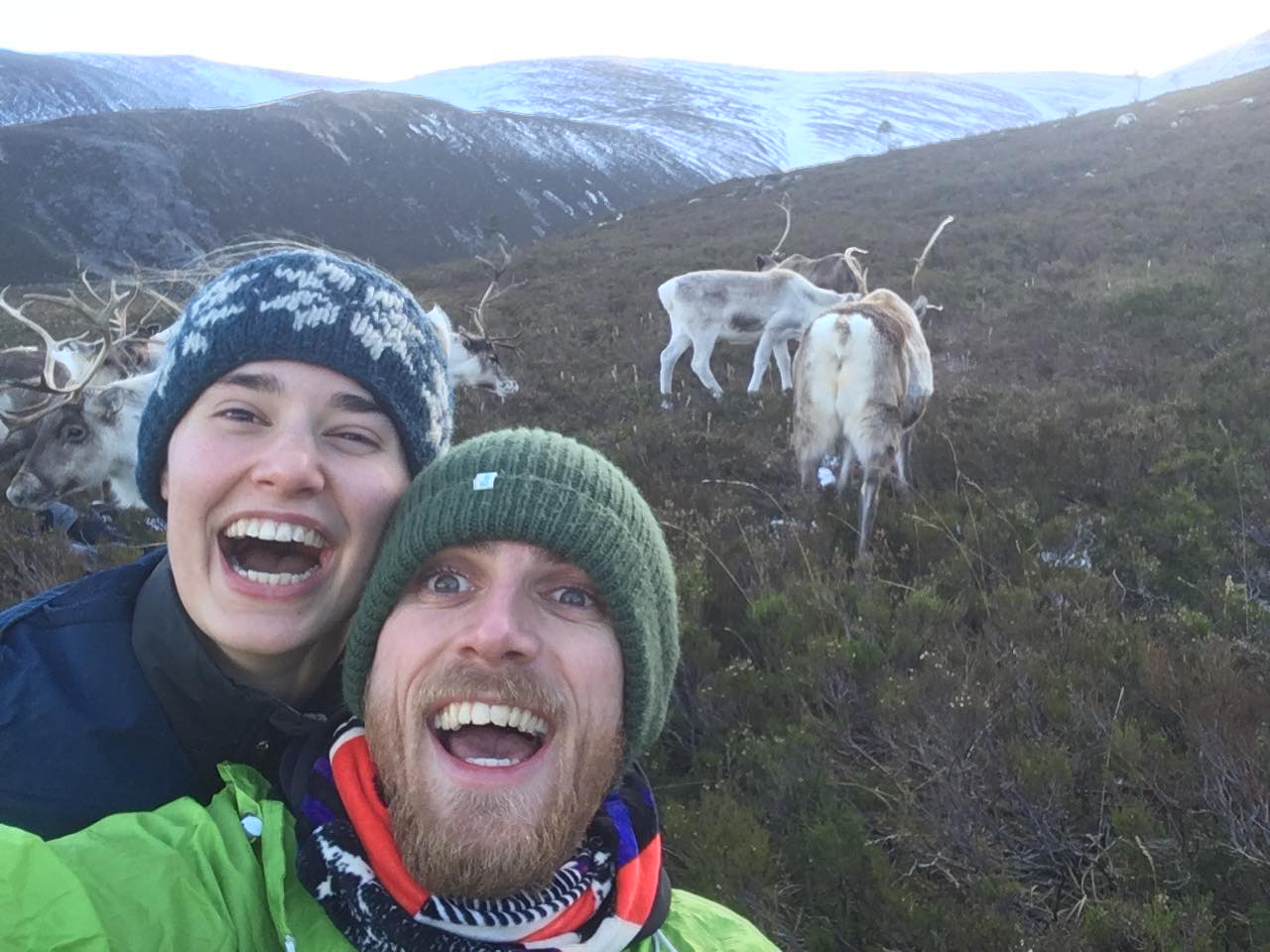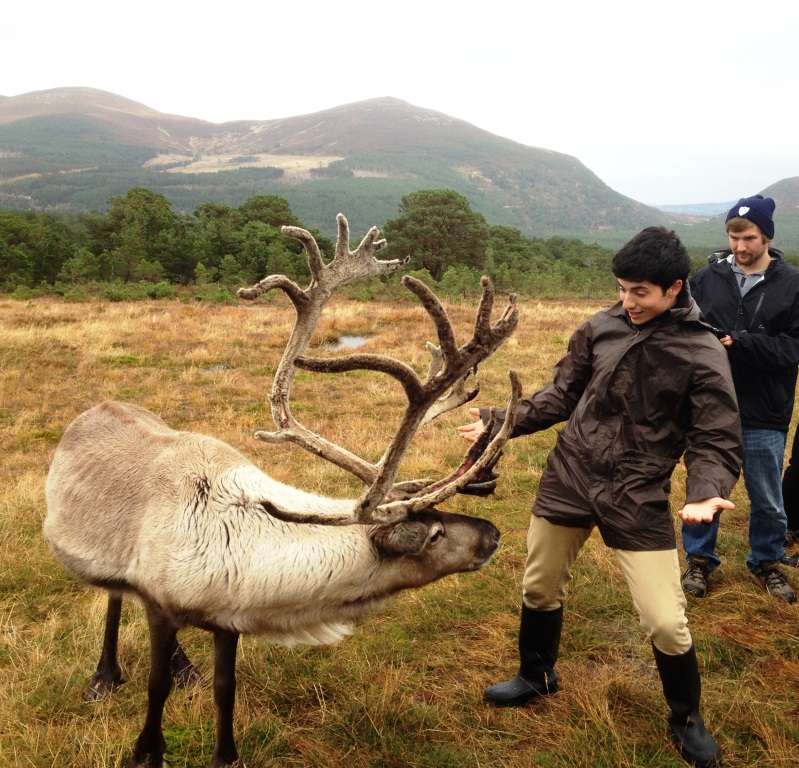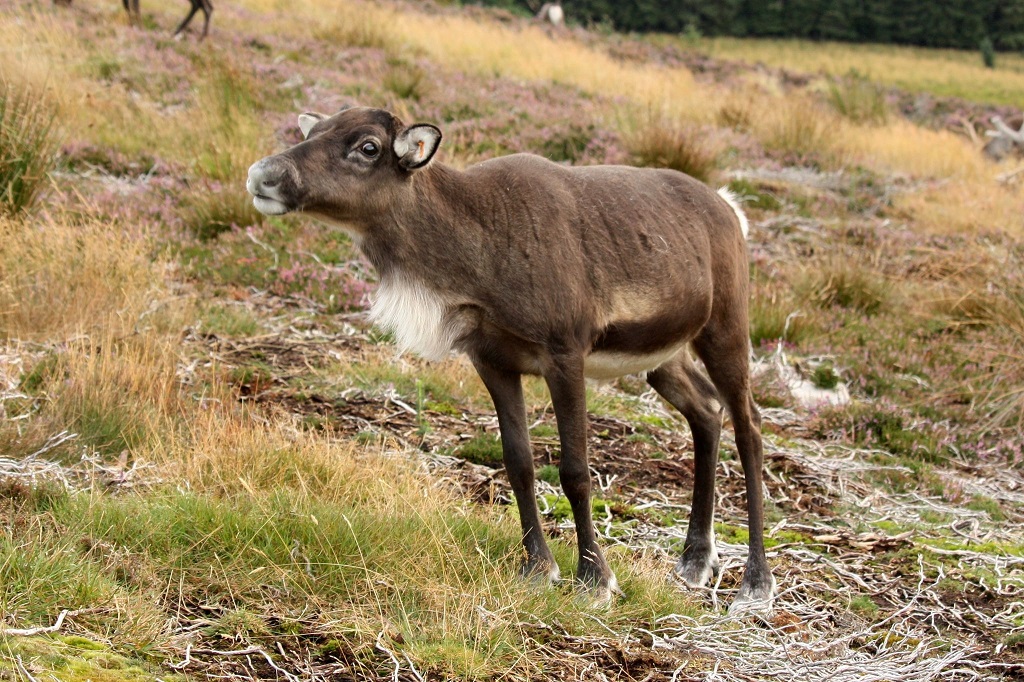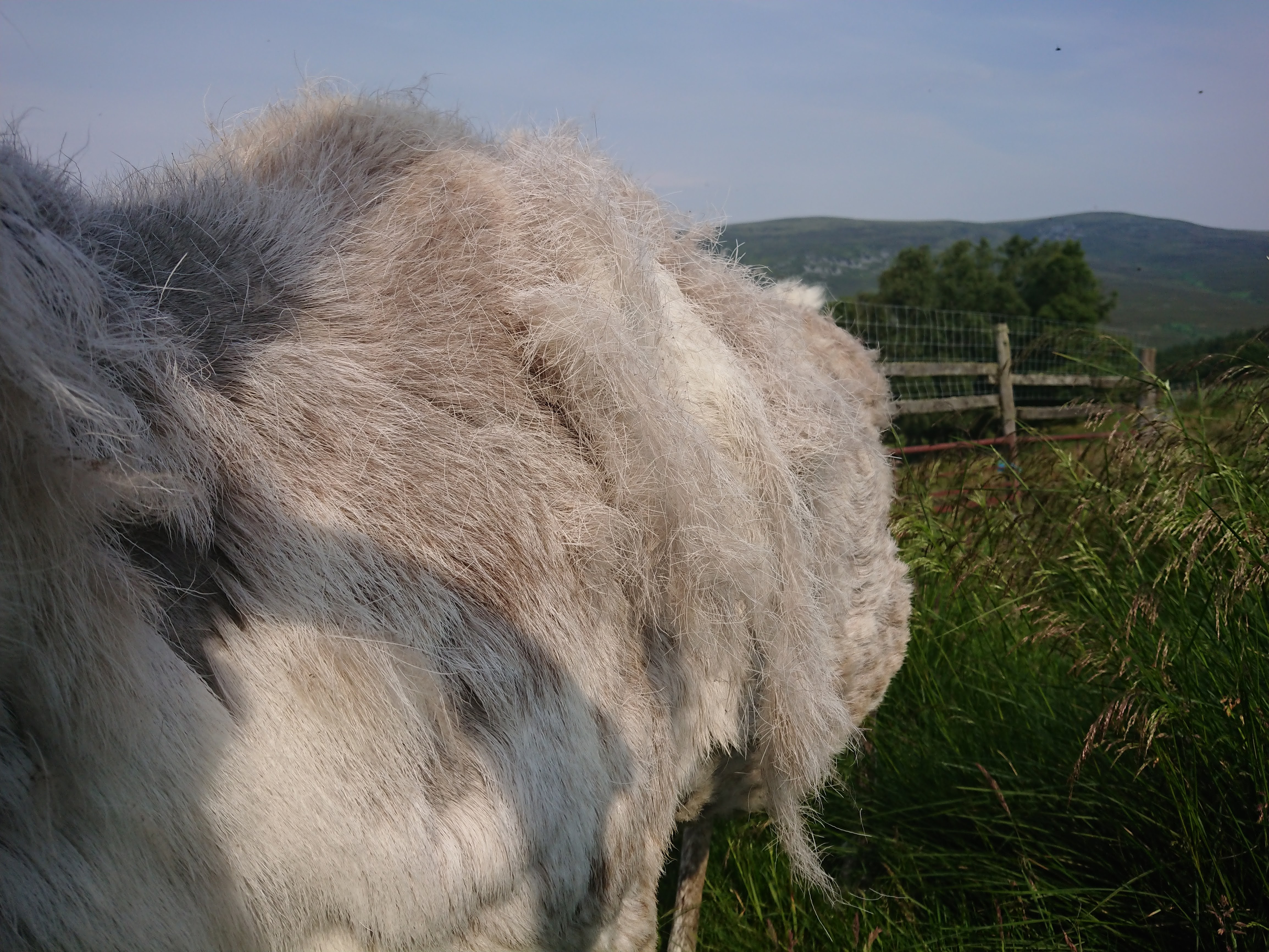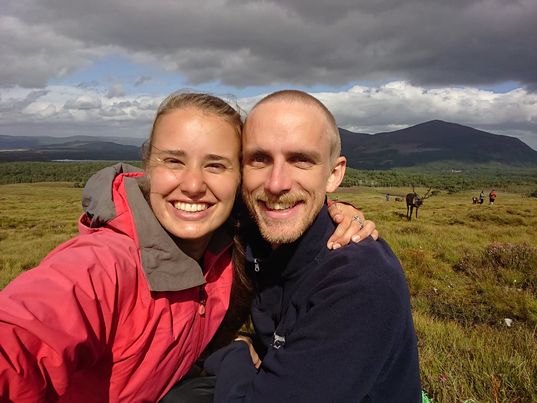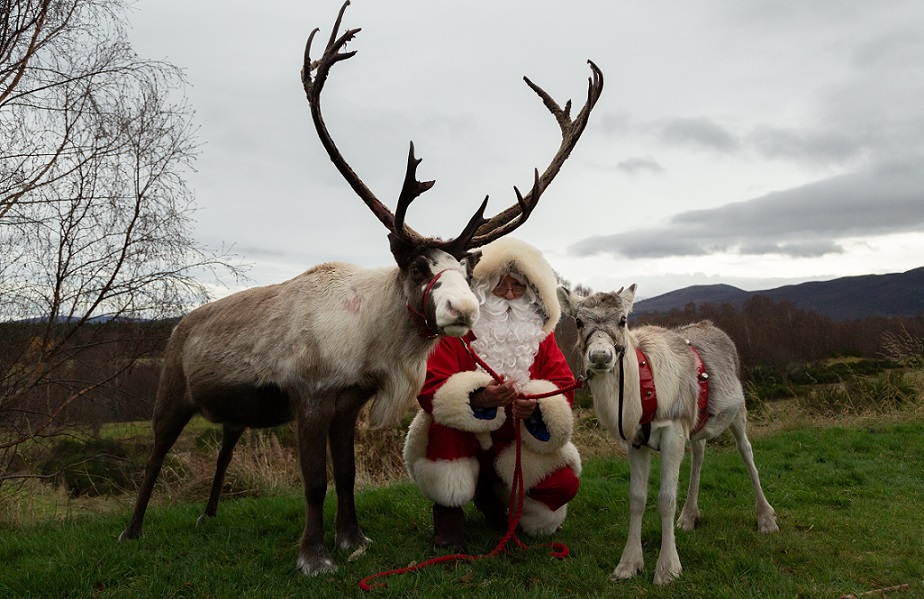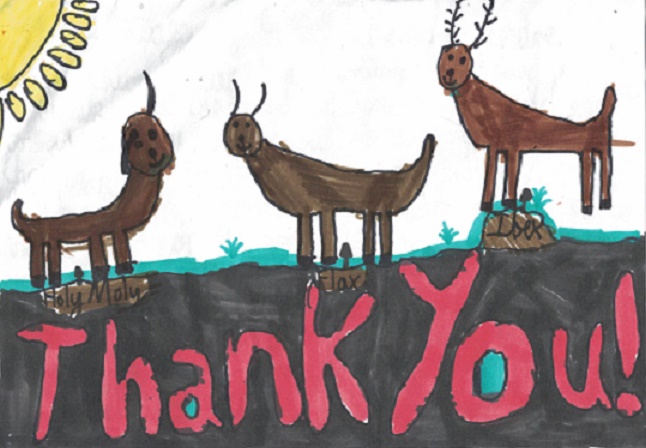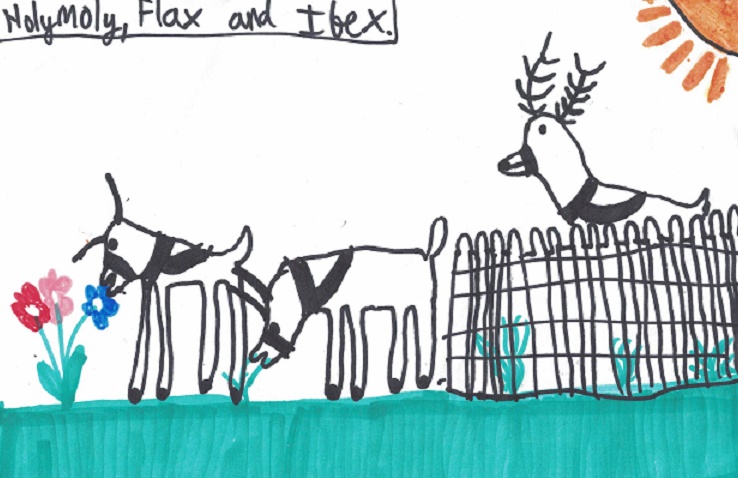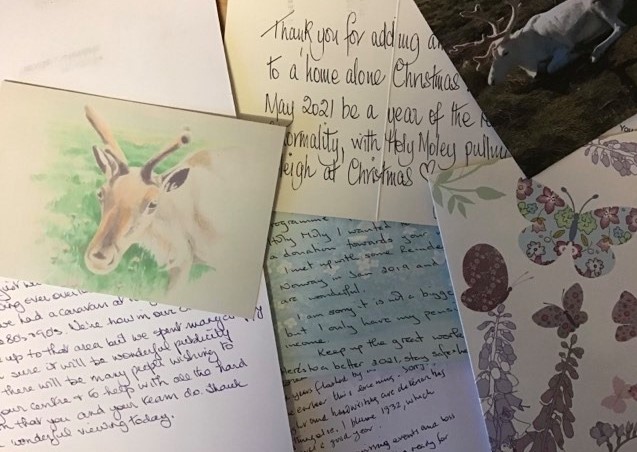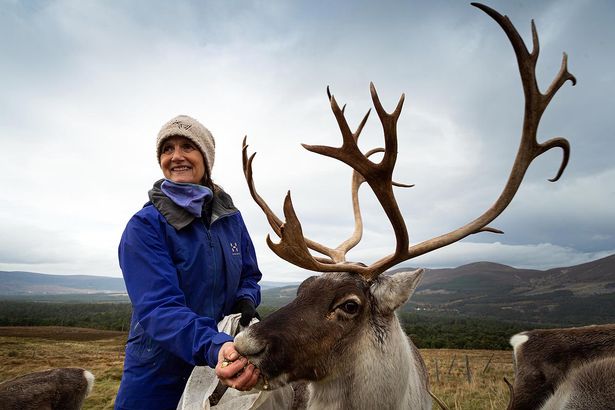International herders
We’ve got a new Dutch reindeer herder! No, not me (Manouk), yet another one, we’re taking over 😉. From the start of May, Lisette has been part our team for 2 days a week. Having lived in Fort Bill for 5 years, experienced with sheep, shepherding and dealing with the public, we thought she’d make an excellent addition to the team. That now brings the team to 2 Dutchies, as I’m back doing Mondays again. This left Hen to wonder if there are more Dutch reindeer herders than Scottish ones, but we quickly realised that that wasn’t the case. The Scots are definitely out-Englished though!
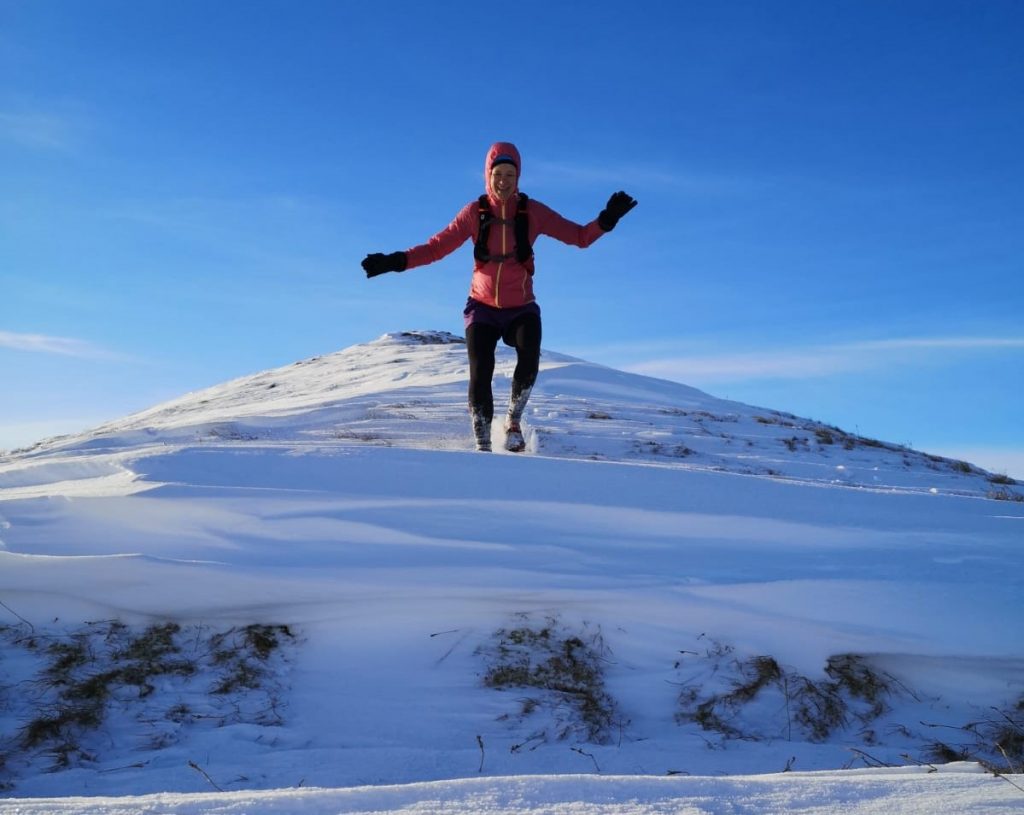
Lisette and I are not the first Dutch herders in Scotland. Decades back, there was a Dutch ultra-runner, Jan Knippenberg, who would fly from the Netherlands to Inverness and continue on to run to the Cairngorms. When he ran the distance from Braemar police station to Aviemore police station through the Lairig Ghru (now known as the popular Lairig Ghru hill race), Mikel Utsi asked if he fancied helping him herd his reindeer from time to time. Knippenberg inspired current owner of the herd Alan Smith to get into (long-distance) running too, and thereby left his mark by starting an era of hill running reindeer herders. It won’t surprise you to read that both Lisette and myself are also hill runners (as are many herders in the team), Lisette often even crossing the finish line as the first lady! Read more on reindeer herders and hill running in my previous blogs, where I go over why reindeer herders run in the hills and about running from Scotland to the Netherlands.
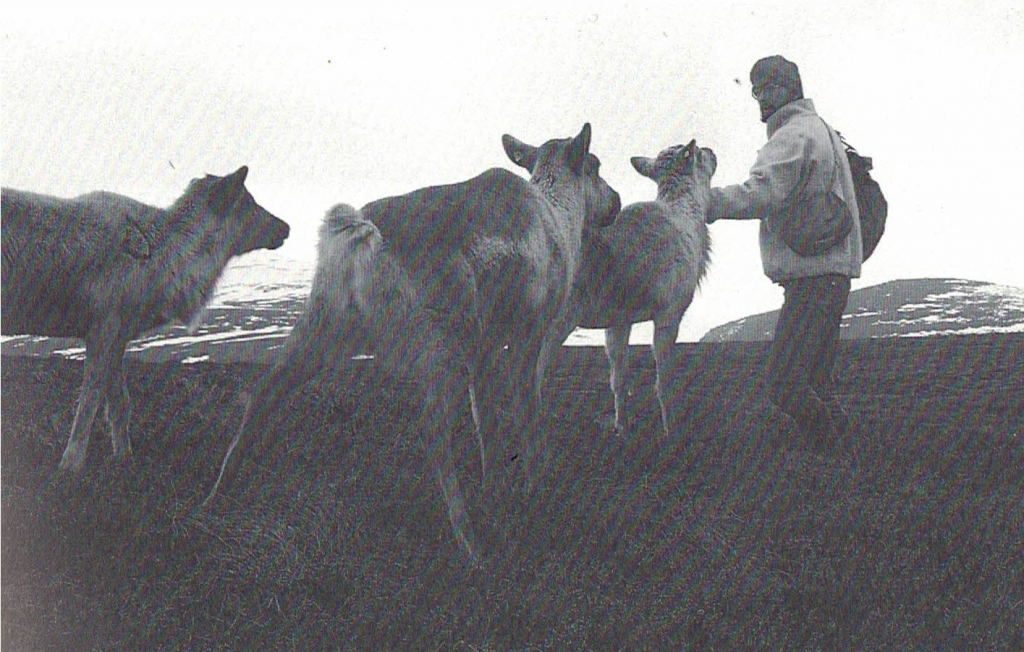
Besides these Dutchies, we have a large variety of nationalities amongst our present and past teams of herders! Ben was born in Australia, though spent most of his life in the UK. We occasionally get American herder Bobby over and look forward to seeing him soon again when it’s possible. Ex-herder Dave is from New Zealand, his kiwi accent still present after years in the Highlands 😊. Both Olly and Lotti both are ¼ Greek, and this shows in them being slightly less pale than your average Brit and for Lotti in part of her last name too (Papastavrou). We’ve had way more but as it’s a relative newbie writing this blog (I’ve only been involved with the herd for 4 years), I won’t be able to mention them all.
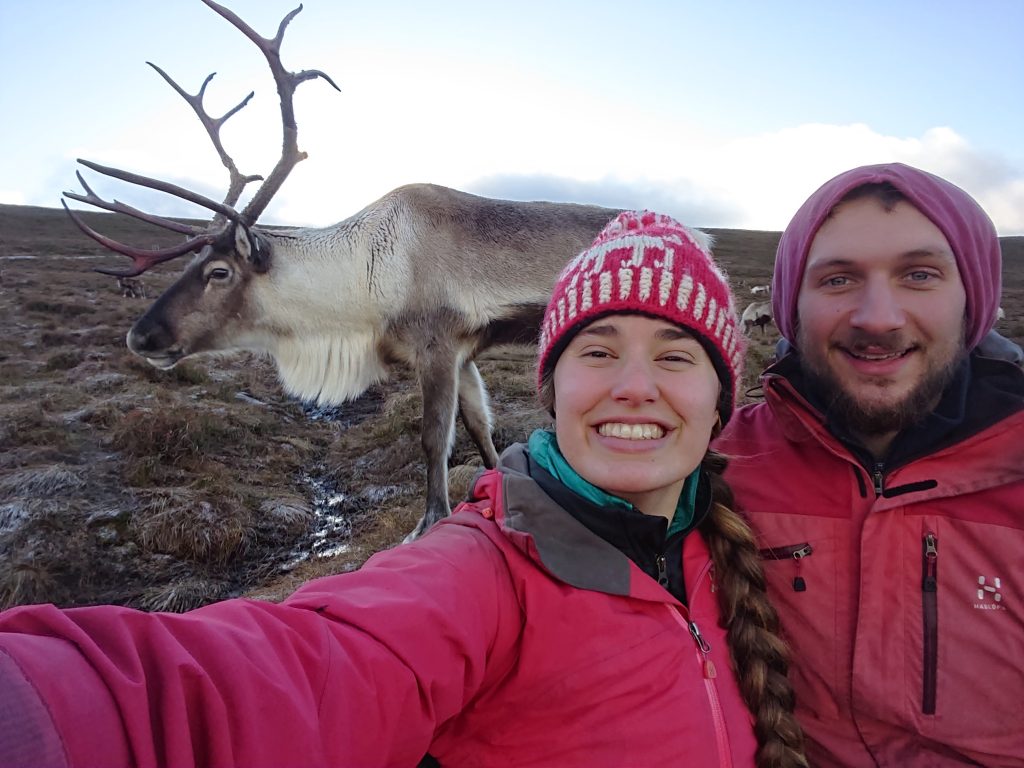
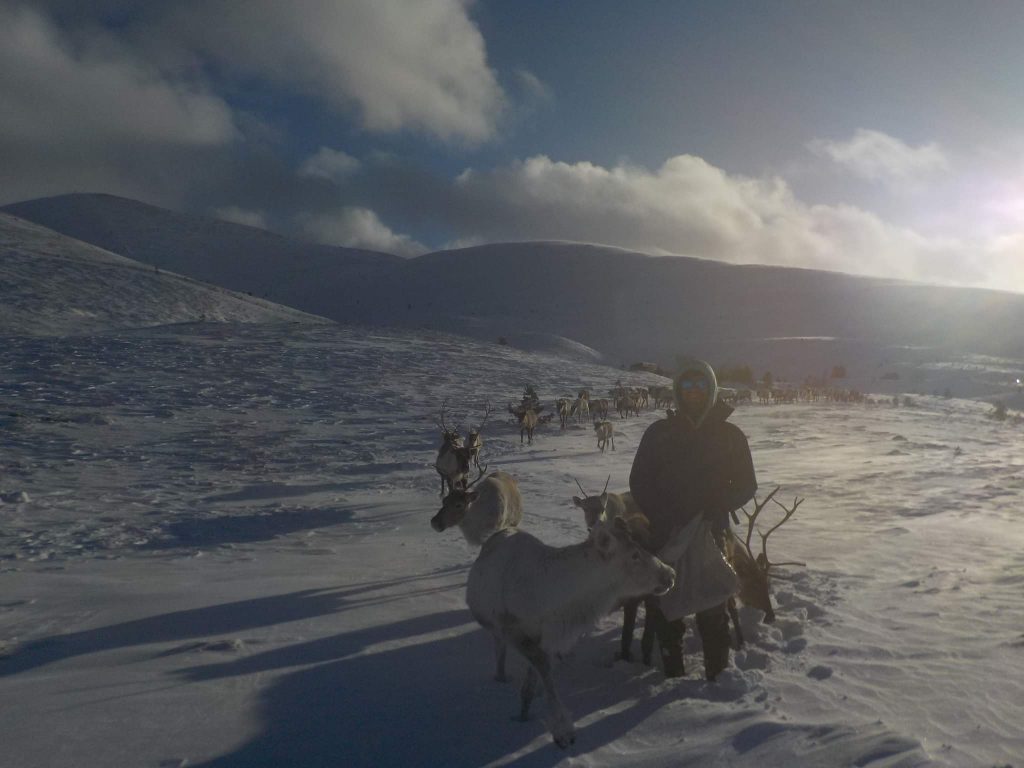

There have also been many international volunteers too over the years, but the list is too long to go over everyone. Double thanks for coming over all the way from wherever you live to come and help us here!
International reindeer
Not all our reindeer are Scottish either! Most of you will know from visiting, BBC programmes, or reading about the herd that reindeer were reintroduced to the Cairngorms in the 50s, after having been extinct for +/- 1000 years. That means the origins of our herd lie in Sweden. To keep the gene pool diverse, we’ve introduced new bulls every few years too. At the moment we only have ten Swedish reindeer, none of which are still being used to breed from.
Amongst these ten Swedish boys, there are a few all-time favourites. We have the lovely ‘dark bull’ Bovril. Bovril is a favourite amongst (ex-)herders and a tv star as well! He featured in the BBC’s Four Seasons documentary, where he can be seen fighting a younger, light bull, trying to win the battle for the right to mate. Long after his tv premiere he could be seen striking a pose to visitors, I’m sure he knows he’s handsome.
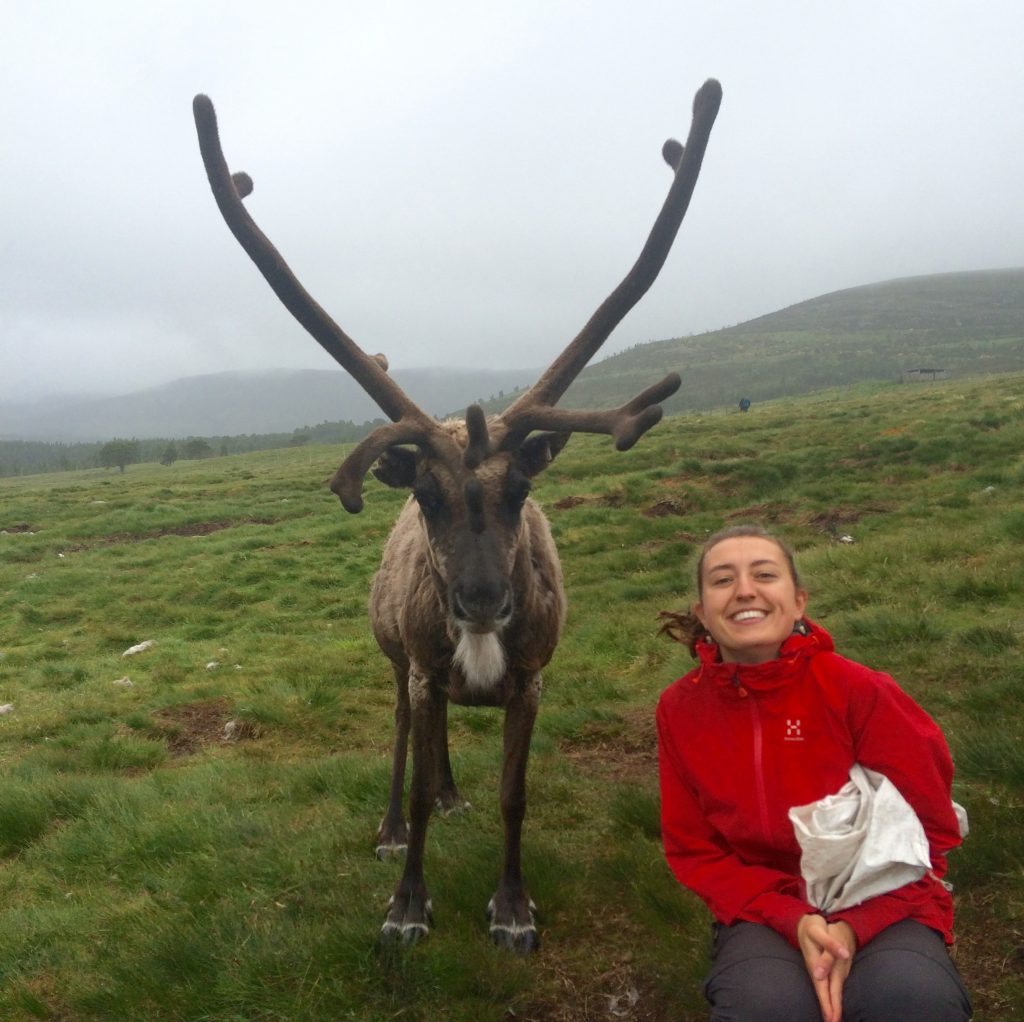
Another well-known Swede is Matto, who is white in colour. This makes him stick out like a sore thumb when you’re looking for the herd on a hillside, making the life of a reindeer herder a lot easier! He’s also a firm favourite ‘Christmas reindeer,’ looking extra festive with a red harness and bells contrasting nicely with his white coat.
International visitors
Amongst the many sad consequences of Covid19, was the fact that we’re hardly getting any international visitors anymore. We love the wide range of people we get, from all over the world. It’s always exciting to ask where people are from and realise that, at times, within one group of people, every continent (apart from maybe Antarctica) is represented! Herders have a habit of asking people where they’re from, and with Covid restrictions this may have sounded as if we were harassing you to check you weren’t breaking any rules. So sorry if we made you feel that way – and, honestly, we just love to hear where people are from!
We are so looking forward to getting people from overseas again (as well as British people of course 😊) – please do come and visit us once it’s allowed to do so!
Manouk

